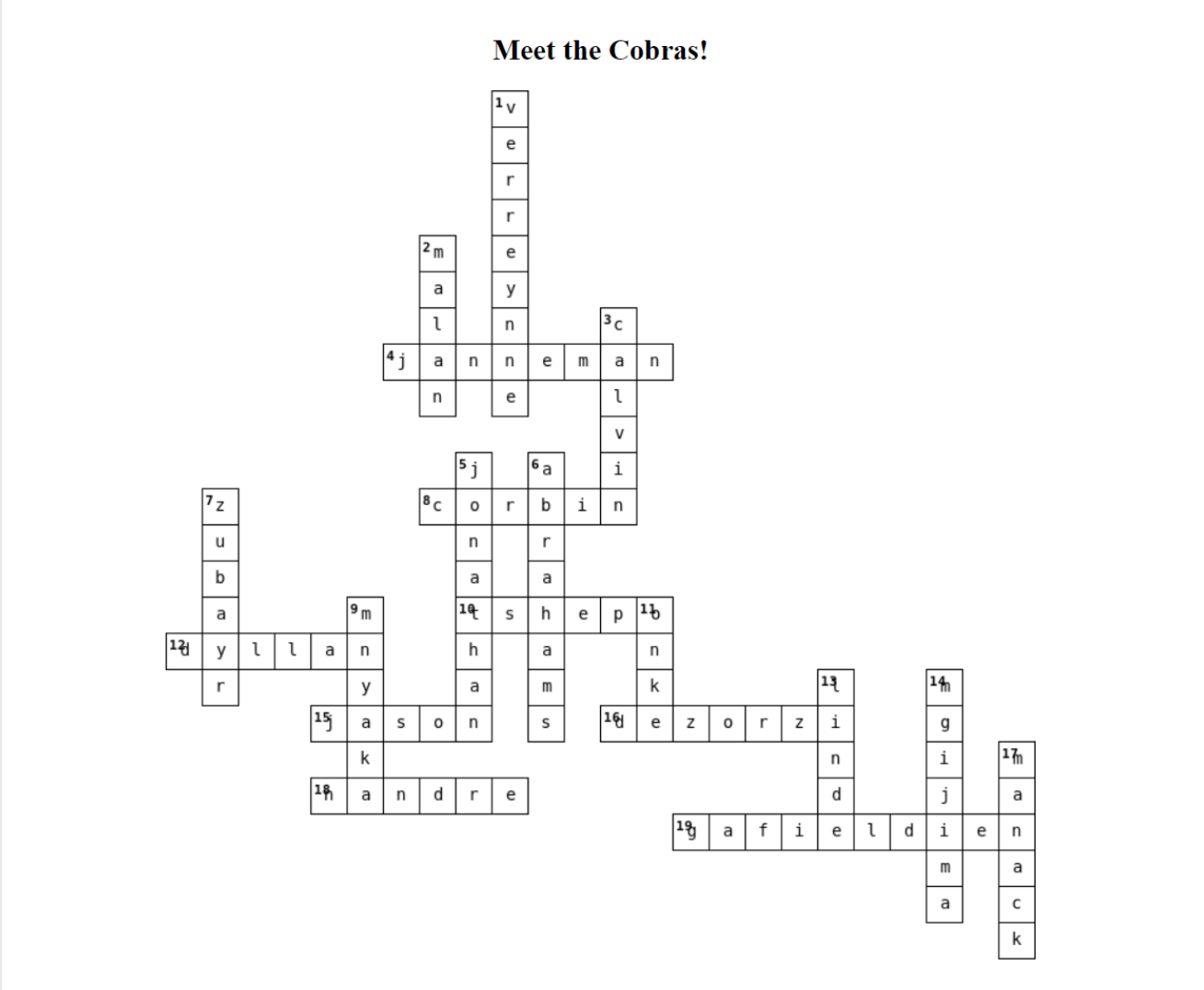
Table of Contents
EDITOR'S NOTE
Makings of a Test Cricketer
Khalid Mohidin
Founder and Editor - Cricket Fanatics Magazine
Test cricket. What a format!
It challenges your technique, your temperament, your patience and mental toughness.
If there was ever a way to measure your ability as a cricketer and a human being, it definitely involves a red ball.
Test cricket ensures that whatever you know or have learnt about this already complicated game, will be assessed and contested further in a way it has never been before.
Excuse the pun, but there is no better way to put it – it is the ultimate test in your career.
But how do you prepare for this daunting challenge?
The catch is that there is no way to replicate the intensity and standard of the game. But what you can do is attempt to prepare yourself for certain possible match situations.
With the Proteas returning to the Test arena with a series whitewash against Sri Lanka, this is the perfect time for us to give our fans an edition that focuses solely on the longest format.
In South Africa, the 4-Day Series is the best way to prepare yourself for the Test stage, yet we have seen plenty of players perform well locally, but struggle to find their feet internationally.
What has also been quite challenging is the step up from school level to domestic level and finding consistency and rhythm in red-ball cricket.
In this issue, we bring players and coaches with us on this journey, to discover what it takes to become a long-format cricketer.
We also assess the importance of the domestic game as a platform to prepare South African players for the Test arena, and how the newly proposed 15-team domestic setup compares to England’s Test cricket feeder system, County Cricket.
Women’s Cricket also gets a tunnelled focus, particularly the first leg of the Women’s Super League which took place in Cape Town.
So sit back, grab a beverage and a snack, and enjoy our first edition of 2021.
This issue is brought to to you by our new patrons

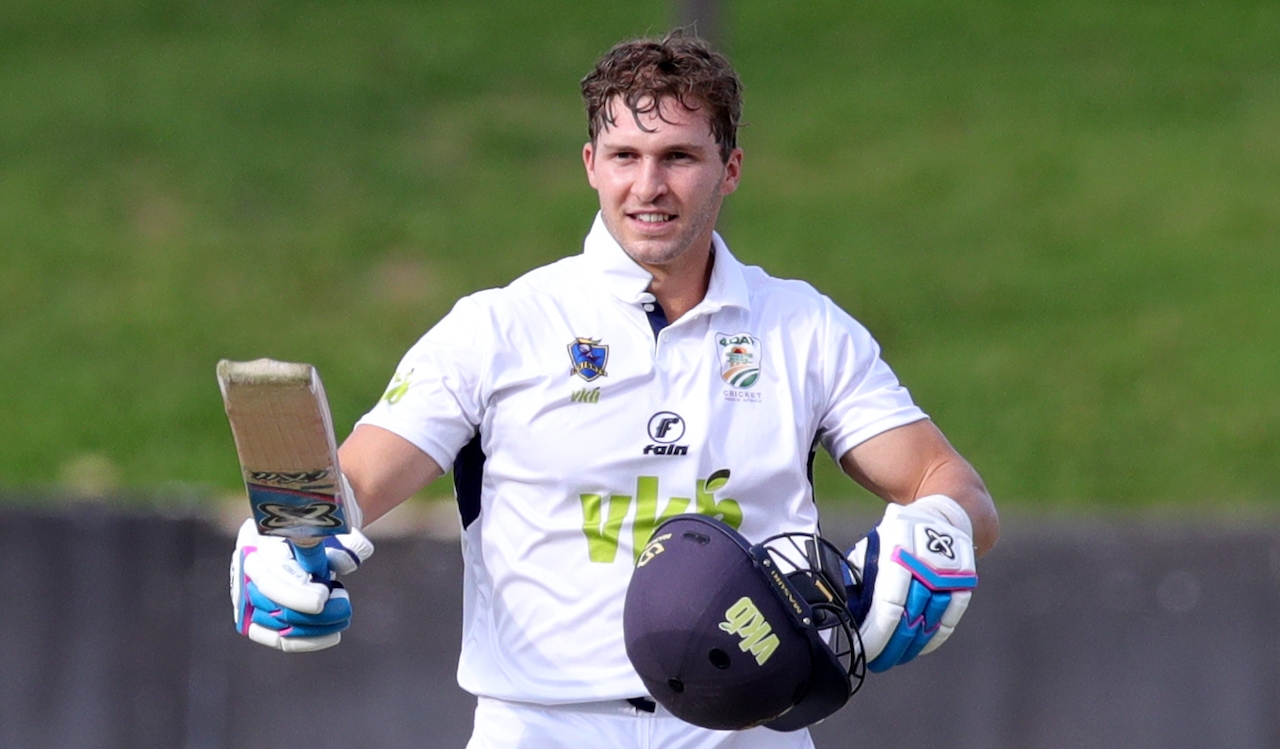
Raynard van Tonder, the heir apparent
By Ravi Reddy
“It all started with a phone call from Victor”.
Victor Mpitsang, convener of selectors for the South African Cricket team confirmed the boyhood aspirations of one Raynard van Tonder.
After 33 first class games, over 2,500 runs to his name at a handsome average of 49.9, the 22-year-old earned a call up to the South African Test squad.
This was all confirmed in an exclusive interview with the young upstart, whilst he was concluding a training session within the “bubble”.
Naturally, I asked him who his first phone call was after learning of his selection.
He responded immediately that he called his father. His father did what any grown man (and parent) would do in this situation and that is to burst into tears.
The rest of the Van Tonder family were equally ecstatic, their years of hard work and dedication culminated in this very moment. It felt somewhat serendipitous when Van Tonder was reminiscing about the dream of playing Test cricket for South Africa.
As part of the COVID-19 protocols, Van Tonder was in a small team of five players comprising of Dean Elgar, Dwaine Pretorius, Lungi Ngidi and Nandre Burger. I jumped at the opportunity to ask him the strategy behind the allocation, namely with Dean Elgar.
Van Tonder indicated that there was no real strategy, just a sub group that will be training together for the first few days prior to the collective team’s training session on 23rd December 2020.
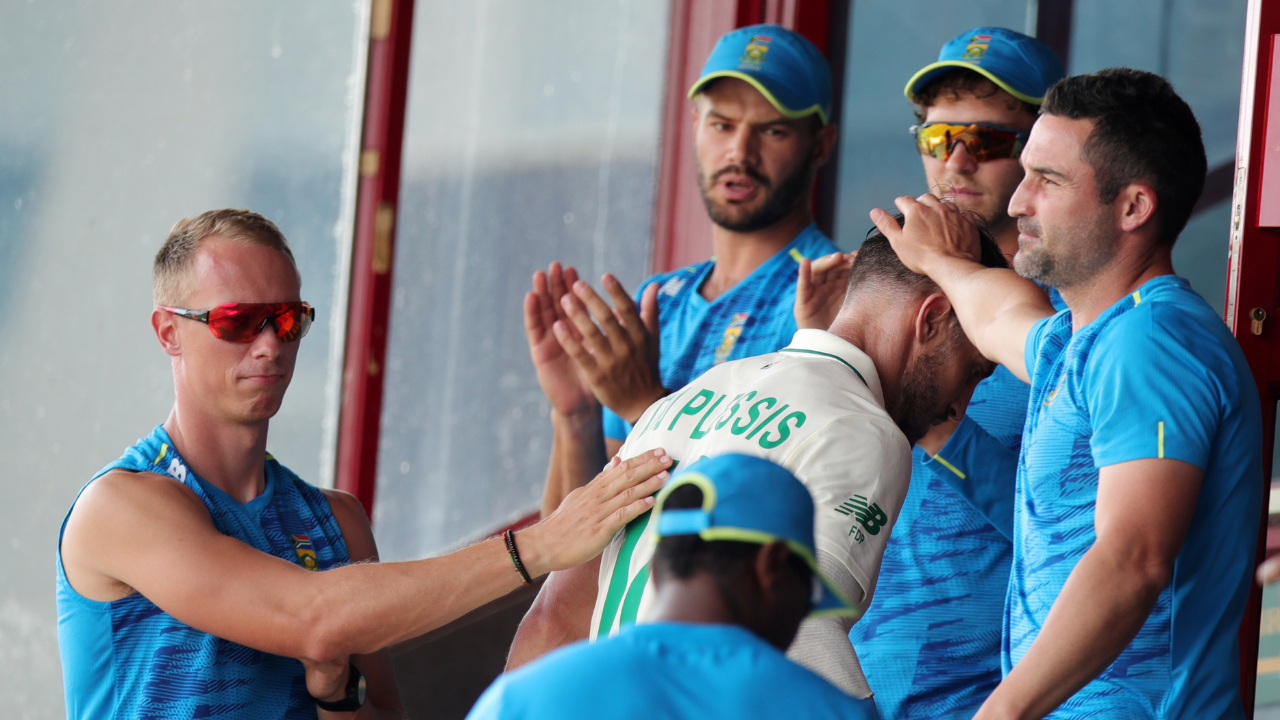
Prior to the team training session, it was difficult to get close to anyone. However Van Tonder was eager to learn and engage with various stalwarts in the Test team, namely Faf du Plessis, Quinny de Kock and Rassie van der Dussen.
We explored a little of Van Tonder’s upbringing and childhood, ultimately what led to this glorious moment.
Van Tonder started his cricketing career at the tender age of 4 years old. His father bought a cricket bat for the youngster, only to adjust the size of the bat befitting for a toddler.
It was at this point that the he revealed that his father is his main inspiration prior to taking the field.
Apart from his cricketing exploits, Van Tonder excelled in tennis and golf (although he withheld revealing his handicap to me).
It's no secret that Raynard van Tonder was one of the leading run scorers in the 4-Day Series competition racking up the following statistics:
After 17 games for the Knights, he scored 1707 runs at an average of 58.86, 4 centuries and 10 fifties
In 16 first class games for Free State, he scored 886 runs, at an average of 38.52 with 2 centuries and 3 fifties.
In the 2020/21 4-Day Franchise season, he has 604 runs in 5 matches at avg. 67.11 before Covid 19 put a stop to the season.
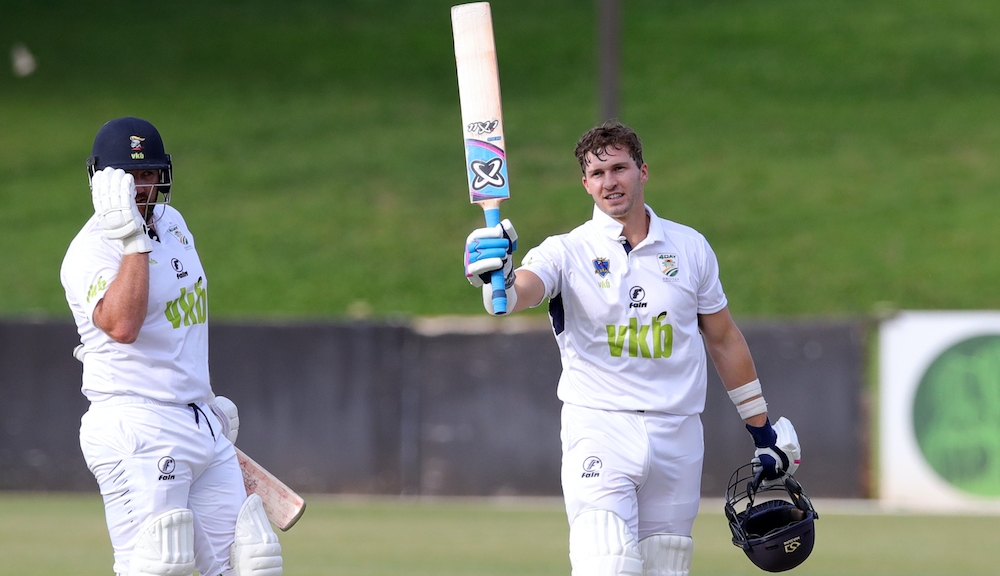
Van Tonder’s preference remains batting at 3 or 4 in the order, despite opening during the initial period of his career. It’s important to note that all 6 of Raynard’s first class 100s originated in the Manguang oval.
Van Tonder naturally acknowledged this occurrence and reminded me of high scores in other grounds throughout the country.
Looking at this superb numbers prompted me to ask him his secret.
What is his secret? How does he consistently generate these high scores?
Van Tonder regularly seeks feedback from his contemporaries as well as cricketing veterans from the past. He mentioned his growing relationship with former Protea Allan Donald, who is coaching the Knights team.
The goal of this young cricketer is to improve with time and to be a better batsman overall.
Van Tonder, humble in his approach, indicated that he doesn’t model himself after any specific international batsman. Instead he observes and takes certain varieties of shots and places it as part of his arsenal.
While the domestic tournaments have been rewarding for Van Tonder, there were plenty of bowlers, which gave him a rather tough time in the middle. These bowlers included current colleague in the Proteas Camp, Wiaan Mulder.
In addition to this, Van Tonder believes his team mate, Shaun von Berg (right arm, leg break) to be one of the most difficult spinners to face in the country.
Although Van Tonder was released from the bubble before the second Test due to a fractured finger and never had the chance to play for the Proteas in the Test series, he appeared to be ready for the battle if he would have been given the opportunity.
He engaged with some of the current Sri Lankan squad members in an “emerging SA” match in South Africa. It was in this fixture, Van Tonder scored 160 in a one-day encounter.
Van Tonder was ready to throw down the gauntlet and was relishing the opportunity of facing pacemen Suranga Lakmal (151 wickets, avg. 37) and Lahiru Kumara (67 wickets, avg. 36) in the future once he is afforded the opportunity.

As is the case with most Proteas players, I asked Van Tonder about his perspective on the local game. We focused particularly on school and university cricket.
Van Tonder indicated that there was an apparent “drop off” of highly talented players at School cricket level. Some talented players became demotivated and chose to pursue tertiary education exclusively.
There are a significant group of players that happen to be in the same age group as Van Tonder have all decided to pursue the game overseas.
We both agreed that a lot more can be done to retain highly talented players, only time will tell in this regard.
In the meantime, Van Tonder is enjoying the moment and working with esteemed professionals to improve his game day by day.
I think it’s inevitable that Van Tonder will make his debut in the forthcoming season. It’s really a question of where and when.
Get More Clients With Cricket Fanatics Magazine
Cricket Fanatics Magazine has the visibility, infrastructure, expertise and toolset to automate your marketing and branding.
Business Case Studies Wanted...
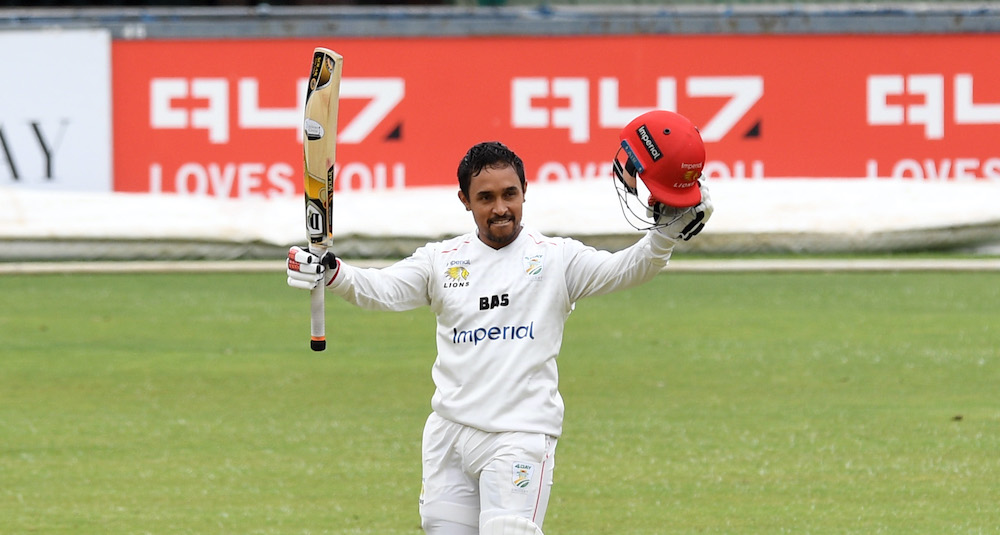
Hendricks' secret to 4-Day Cricket success
By Abhai Sawkar
It’s great to have international cricket back in full swing in South Africa. Leading up to that, the domestic season has seen a number of players capitalise on the game time.
For the richly experienced left-handed Lions opener, Dominic Hendricks, it’s been in many ways, just another season. He’s been the central figure at the top of the order in the longer format, and he’s set his sights on honing his craft, game by game.
“I was very precise on what I aimed to achieve at every practice session. My training up until now has been very consistent.
"I’d say those are the two biggest factors for my rise in consistency over the course of this season.”
Hendricks went on to play all five games of the 4-Day Series, racking up an impressive 441 runs at an average of 49.
A prominent characteristic of his plans are to dig in from the start and bat through for as long as possible.
Both of his centuries propelled his team toward a winning position, the latter of which helped ace an improbable chase of 334 against the Knights, who seemed to be the early favourites.
For Hendricks, it’s always important to cash in on every opportunity presented. A positive start can be handy, but it will be priceless once it’s transformed to a telling contribution.
“I think that it’s ultimately down to sussing out the conditions and determining which shots carry greater or less risk. Every match has its different situations and set of challenges.
"Understanding both the conditions and the bowlers that are tougher to face is key. Finally, whenever I get off to a start with a brisk 20 or 30, I ensure that I convert that to a bigger score.”
In that match against the Knights, a brilliant opening stand of 256 with rookie opener Josh Richards turned the game on its head, and Hendricks’ measured approach guided the Lions through the tougher phases of play.
The onus was on the openers to lay down the platform, so that the middle order would clean up the remainder of the runs required.
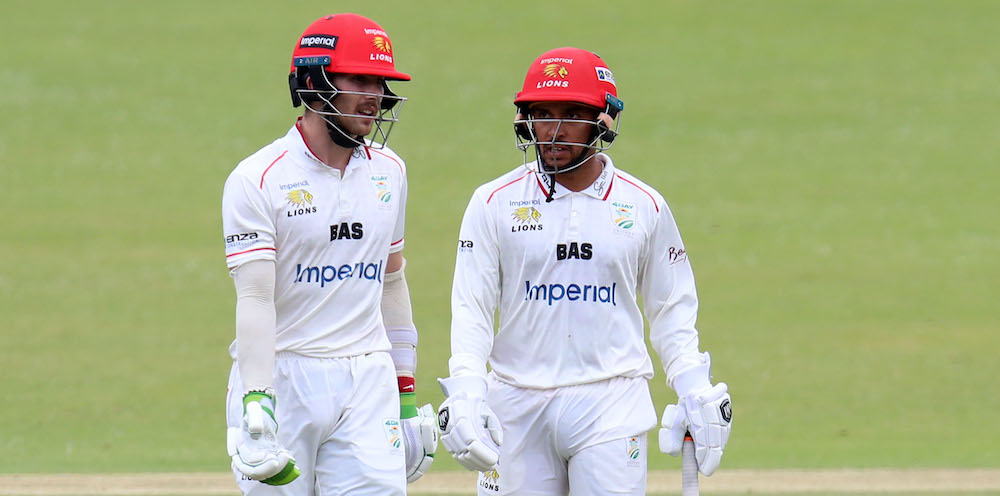
During pressure-packed moments, there’s been plenty of incentive to perform, and that’s a key aspect that serially motivates the seasoned 30-year-old.
“During the fourth innings against the Knights, I noticed that the wicket was still reasonably good to bat on. Normally, there are cracks that widen at the Wanderers, especially on the final day.
"The cracks weren’t really that big of a deal and I was aware, just watching from the third innings, that the wicket was pretty decent to bat on.
"The discussion was that we’d give ourselves a chance with the bat and I could already feel that momentum was on our side following our bowling display.
"They didn’t bowl particularly well before tea and I just made sure I put away the bad balls. After tea, I continued doing the same, and I told myself and Josh that we should sustain the momentum as long as we can and that it’s on us to do the job.
"At the end of the day, I like to take it one ball at a time and make sure I’m competing every ball, especially when the pressure reaches its height during the game.
"At that point, I like to back my defence to get through the relatively more difficult spell.
"In opportunities when you’re chasing, it’s slightly different because you can let your limited-overs instincts take over and play the game. Long story short, the game normally dictates how you play.”
Throughout his career, Hendricks has discovered plenty about himself. Ultimately, each player has to find his modus operandi, and the method that’s worked for Hendricks has been the classical, gritty game plan.
He may not be known to be the quickest scorer in 4-Day Cricket, but some of the best in the business have been superb at holding the fort. We’ve seen the heroics of Cheteshwar Pujara when India visited Australia in 2018.
Steve Smith relishes batting for hours, and if we roll back the years, Rahul Dravid is the epitome of stonewalling even the strongest of attacks.
Incumbent Test opener Dean Elgar has shown his patience and determination on tougher surfaces both at home and away.
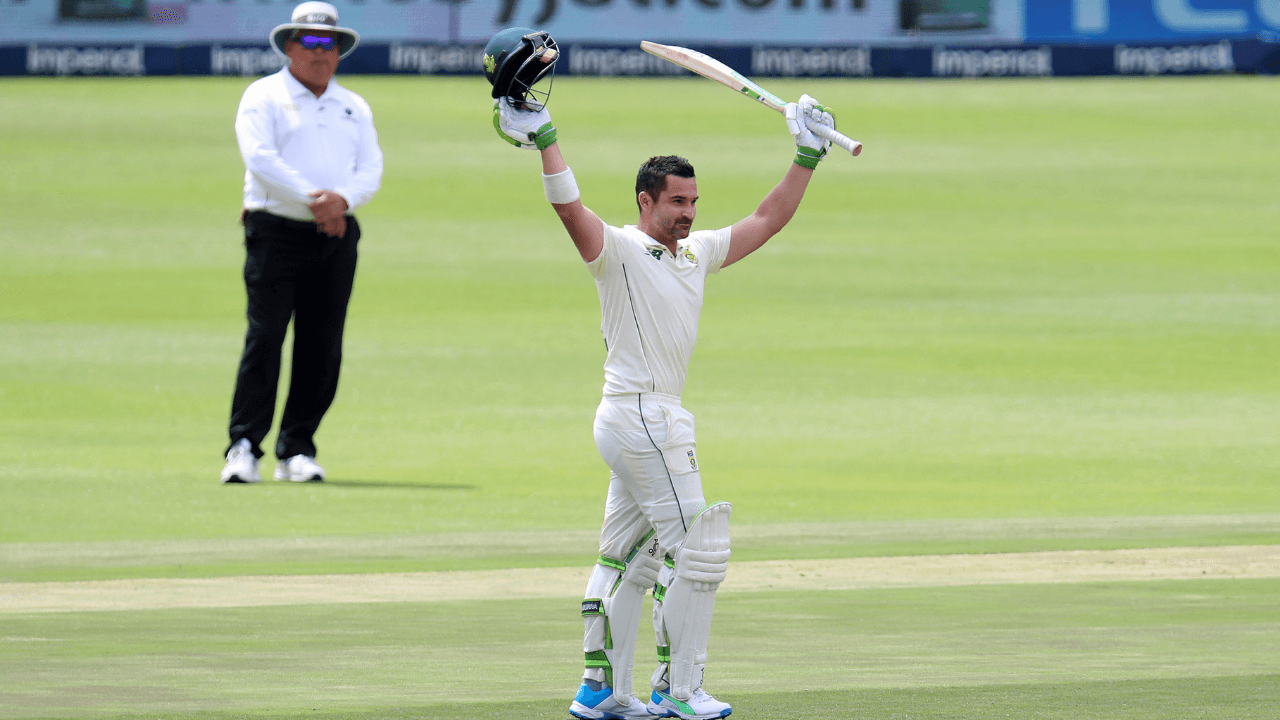
“Well, the biggest thing I’ve learned is that no person’s way of playing the game is identical. You have to discover your way - there’s no better way to put it.
"I’ve learned that my best chance to succeed is by batting for longer periods. In most cases at the Lions, if I’ve batted for a really long time, the team has done very nicely.”
In addition to his reliable recent form, Hendricks has been an on-again, off-again skipper of the Lions side.
He had a chance to lead the team this season and describes his leadership style as a combination of open-mindedness and establishing a favourable rapport with all his teammates.
“It’s been a privilege to captain the Lions in my early and mid-20’s. Again, I’ve been given the opportunity to captain recently.
"That comes with its individual pressure, but more importantly, it can be very rewarding when the team is in a better situation.
"I’d best describe my captaincy style as striving to understand the team.
"I’ve done my job by making sure I understand each player in the team and knowing how to bring the best out of them all.”
Considering quite a few players getting rewarded for their recent 4-Day form, Hendricks is taking things one step at a time.
He’s got off to a fantastic start, and insists that international call-ups are incidental and the primary focus lies in doing what’s required for the team at franchise level before potentially staking a claim for the SA A team and eventually, the Proteas Test side.
“As a batsman, runs are currency. I try to score as many runs as I can, season by season.
"With that comes playing for the team and making proper decisions during the game for the better.
"I’m a firm believer that if you put the team first, the call-ups to the A side and eventually the national side will take care of itself.
"I know that I’m able to bat long and if I can back my abilities, I’m giving myself the best chance for a shot at the next level.”
Sadly, the domestic 4-Day season came to an abrupt halt following the second wave of COVID-19 in the country.
The next goal will be maintaining the robust form, and that in itself will open more doors.
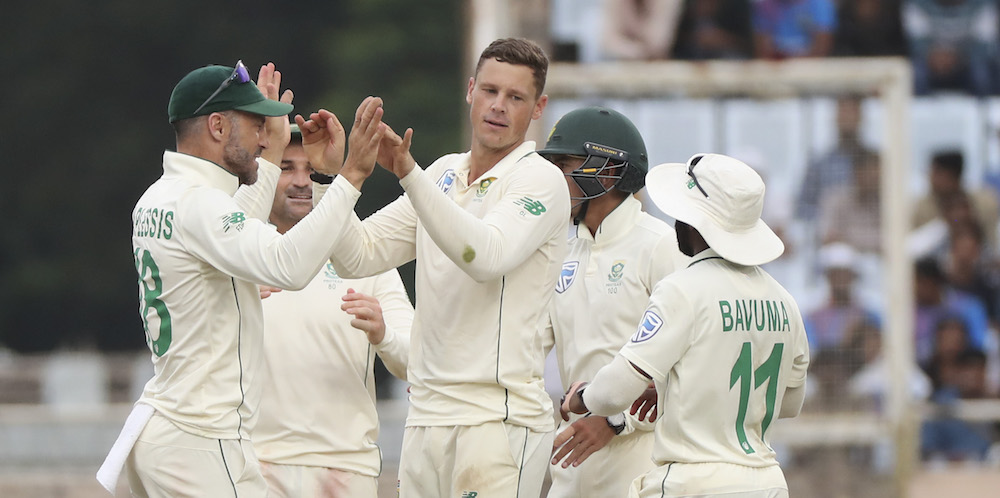
“I want to be the best spinning all-rounder in the world”
By Marc Jacobson
The red-ball format tends to bring out the “fighter” within players and that is what seems to resonate most with George Linde, who feels the mental aspect of the game is what largely defines cricketers.
Linde had recently shown his versatility as a player, plying his trade and excelling in all three codes of the game.
He got particular recognition during his T20I debut in late November against England where, as a spinning all-rounder, he took figures of 2/20, including the best economy rate of all the South African bowlers.
His day with the bat came more in the second match, where he scored a swift 29 runs, with a solid strike-rate of 145.00, before being unluckily run out.
However, it is in the 4-Day game and Test cricket wherein Linde revels the most, since he almost likens it to a marathon and not a sprint and it is the format where “you can bowl a lot and bat for a long time”.
“I just feel the red-ball game is my strongest,” Linde told Cricket Fanatics Magazine.
“I favour it because I can take more wickets and I can get two opportunities to have a go, with both bat and ball.
“If you have one bad innings with the ball then you can still get it right and win the game in the second innings, whereas in T20 cricket you only have four overs.”
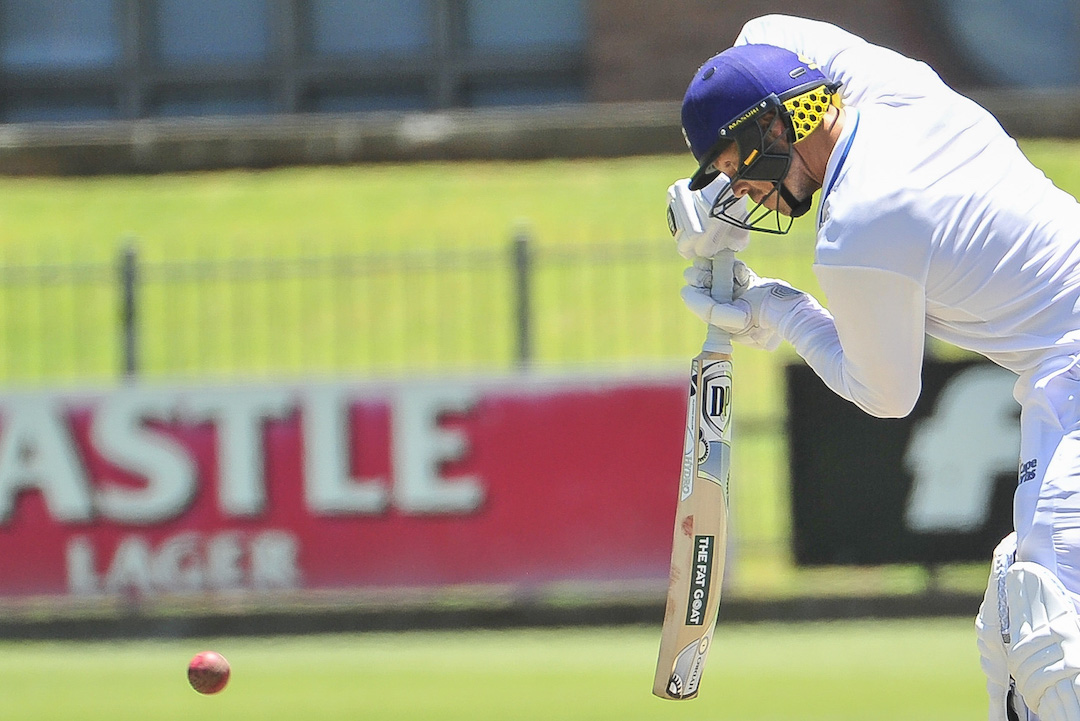
The unlimited overs format is the code that tests a cricketer’s true abilities and enduring efforts in which to outlast and topple the opposition.
This sense of a challenge seems to draw parallels with Linde’s headstrong and driven character.
When asked what sort of preparation is needed to make the step-up from 4-Day Franchise cricket to Test cricket, Linde said what is key, is to get your mindset right first and foremost, before wanting to perform on the field.
“It’s more mental,” he said. “You prepare your whole life for a situation like that without wanting it to slip through your hands.
“It comes down to it being more about your mental [approach] than your actual skills, because you’re already good enough to be there and it is now all about what you make of it.”
Linde made his Test debut for the Proteas against India in 2019 and he was a late call-up to the touring side.
He added that this enabled him to approach the series in a more focused manner, which emphasised the point of being mentally adept.
“Luckily I was on my own while traveling so I had a lot of time to think, which I believe helped me a lot.
“I’m also a very calm person so I try not to stress too much - obviously in the moment I do - but before the game I try to relax and visualize a lot about what my best balls will be.
“I’ll sit down with the video analysts and chat to them about how to go about it.
"I’ll then write everything down and go to my room to visualize what I need to do. That’s the way I train my brain.”
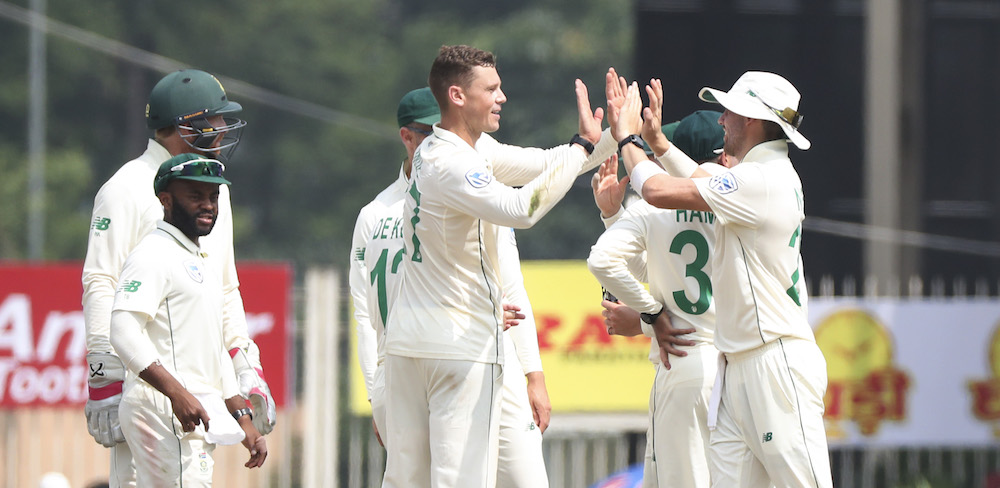
Despite being a part of a losing cause in India, the 29-year-old reaped more personal rewards from the experience.
And aside from the Proteas getting well-beaten in sub-continent conditions, Linde took stern figures of 4/133 in his first and only innings with the ball, while scoring 37 and 27 with the bat, the second of which he was also run out.
“When I came back, I think I believed in myself a lot more,” he said. “I felt calmer when I played domestically, but I also felt pressure because I realised many eyes were on me.
“The call-up came as a surprise and I didn’t expect it, which was nice because everything happened so quickly.
“Test cricket is the format I’d like to play in. Many people may feel red-ball cricket isn’t my number one, but I feel it’s one of my better formats and I think I’ve showed over the last two or three years that it is.
“I believe it will just get better, to be honest, because I’m playing a lot more red ball now. It took me a while to get into the Cobras side, but I’ve got a fighting spirit.”
Linde was sort of a ‘late-bloomer’ on the domestic scene, having only made his 4-Day franchise debut in December 2014 for the Cobras and for a long time he had this perception that he wasn’t taken seriously in the longer formats, until recently that is.
“Two years ago people didn’t think of me as a red-ball cricketer and I truly believe they do now,” Linde expressed confidently.
During the current 4-Day Franchise Series, which was halted in December due to Covid-19 complications, Linde scored 215 runs in six innings with an exemplary average of 43.00.
With the ball, he took 15 wickets for 348 runs to score a notable average of 23.20, the fifth best average of all the bowlers who’ve bowled 90 or more overs.
His skill-sets with both bat and ball - and in all three formats of the game - have made him a highly versatile player and he holds strong ambitions, indirectly as a result.
“I believe I can achieve my goals in whatever format I play in,” Linde said.
“I want to be the best spinning all-rounder in the world and if I can achieve that then I would’ve really made myself proud.
“I know I can give a lot more, to be honest.”
Advertisement
Ezra Poole's Online Wicketkeeping Academy
Learn how to Master The Craft of Wicketkeeping Without Having to Hire a Full-Time Personal Coach.
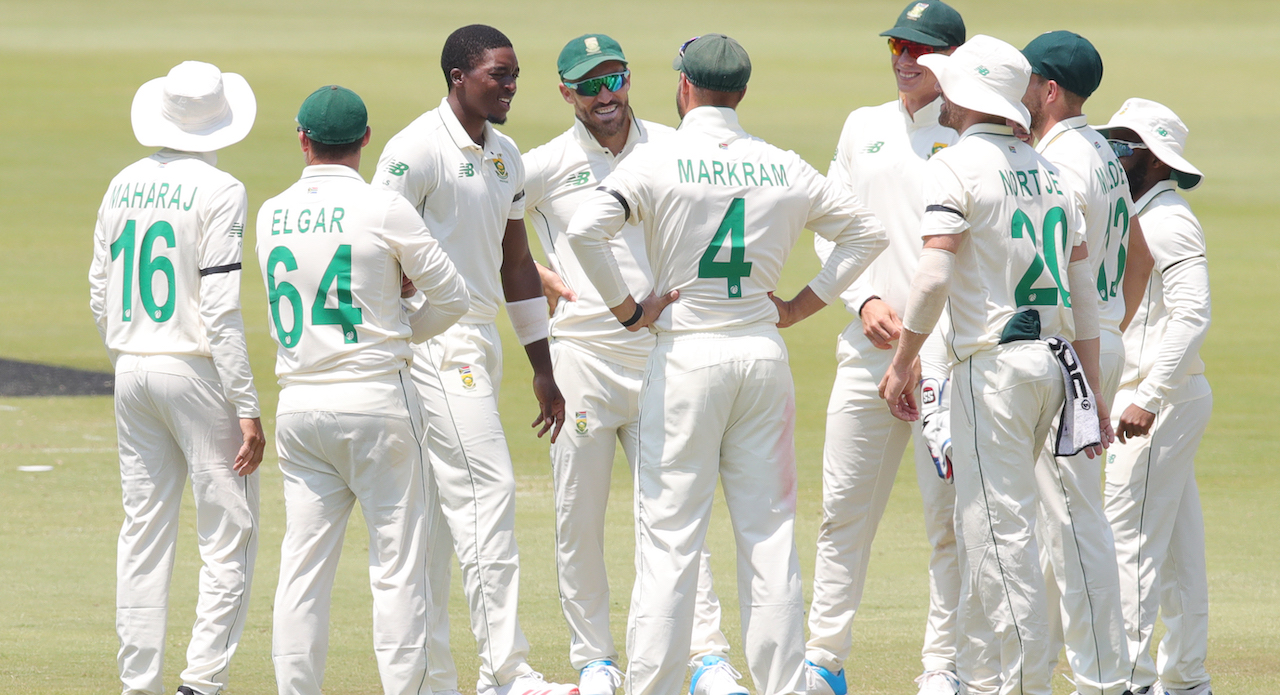
The Jump: Making the move from First Class to Test cricket
By Chris Chiwanza
"Test cricket is the pinnacle, the purest form of the sport," England allrounder, Ben Stokes, shared in a conversation with Ish Sodhi, in April 2020.
“It’s where you find out what you’re really about as a cricketer and for me it is the purest form of the sport."
Stokes is not alone in this view of the longer format. Various top stars of the sport including Sachin Tendulkar, Virat Kohli, Gautam Gambhir, Nathan Lyon and Neil Wagner have echoed his sentiments.
It is in Test cricket that players really get tested. It demands patience and skill for both bowlers and batters, and it places heavy mental demands on the players, and how they cope under pressure is almost always the difference.
To use an idiom – Test cricket separates the men from the boys. To belabour the point, it separates the sheep from the goats, it separates the wheat from the chaff.
Test cricket shows clearly which players possess skilled and the mental fortitude to succeed and which do not.
This is why players seeking to make the jump from First Class to Test cricket are held to a higher standard. This is why while it is easy for an underperforming player to be dropped, it is much more difficult for a player to move from First Class to Test cricket.
One will easily integrate into one format, while the other will most likely experience a culture shock.
This is why Vincent Barnes, the current South Africa High Performance Lead bowling coach asks players to go above and beyond requirements if they are to attain a competitive edge.
"I always told players that you have to outscore a national player. For example, if the Test benchmark average is 40+ then you should be averaging at least 60+ in First Class cricket," Barnes revealed.
While this will not completely bridge the gap between the two formats, it clearly demonstrates that one is more than ready and is of the same ability, or better, than those playing at the highest level.
As Vincent Barnes notes: "The step up from First Class to Test cricket is huge." And even though it is the dream of every player from age-group cricket, amateur, semi-pro and First Class level, very few manage to take that step.
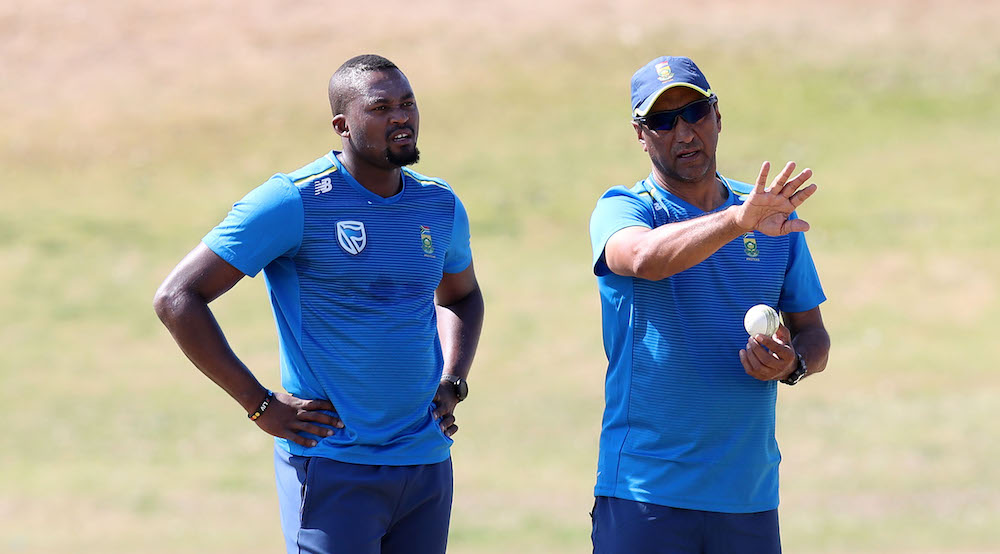
Not only that, but not everyone who does make that step will find success at that level and have careers as Test players.
Countless players have tried to take that next step and failed to thrive. This is because of the greater demands of the format, both technically and mentally.
"The biggest step up is the mental one," adds Vincent Barnes. "You have to handle the pressure of walking out to bat or taking the ball with 40,000 people watching.
"Bowling to or facing the best in the world where they give you nothing. Also dealing with the media/social media can be frightening.
"The build up to the Test debut is also about expectation and you have to deal with that. There’s really no place to hide."
Enoch Nkwe, the Proteas assistant coach, echoes Barnes' sentiments: "The biggest thing in Test cricket is mindset, how do you deal with situations.
"Your technique will continue to be tested because the conditions are never constant, they will continuously change. You need to have a strong skill set, whether you're a batter, bowler or even in the field.
"That's why it is important that from a very young age you really master the technical side of your game, all round, because the more you progress to different levels, the more everything shifts to the headspace, the mental space.
"And that's where you need to find balance, how do you deal with certain situations on and off the field?
"Ultimately it's how do you deal with the pressure. Do you have the mental capacity to be able to deal with that?
"Yes, you have the skill, but do you allow the mental side to get to your technical side?"
However, while it is incumbent on the player to possess these attributes, it also takes teamwork for them to succeed at the top.
From selectors, to coaching, to Test captains whom they play their debut matches under, everyone involved in the process plays an integral role in giving the player the best chance at success.
As individuals, they cannot go it alone. Their progress is as much their responsibility as much as it is the responsibility of those around them. This is because sometimes it is about getting the timing right.
A good example of a talented player undone by wrong timing is the former Indian batter, Mohammad Kaif who confessed that he felt that he had been rushed onto the Test scene.
As Geoffrey Toyana says: "The timing of selection is important. For example, look at Heino Kuhn.
"He got selected for the 2017 England tour, and right off the bat he was facing Anderson and Broad bowling with the Duke ball.
"His Test career was over before it started. Yes, obviously you have to perform at First Class level, but there's also the element of luck and opportunity. Being at the right place and the right time."
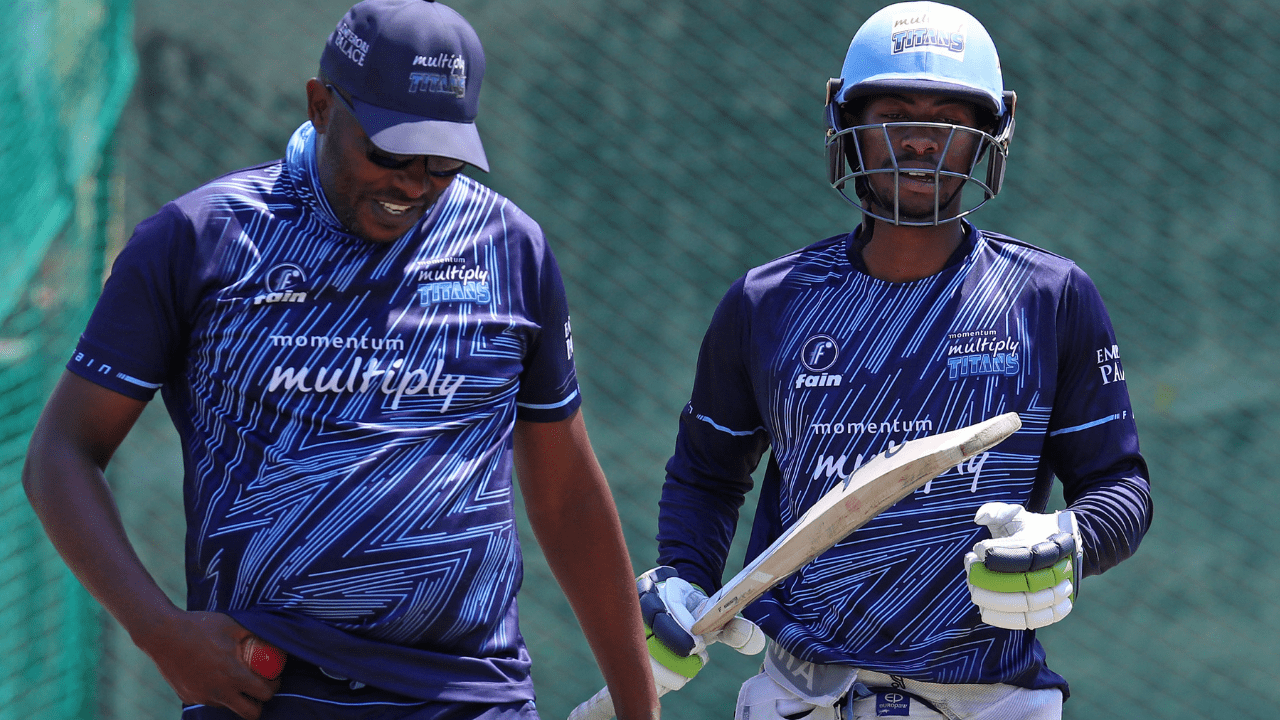
Then there's the role of coaches, which cannot be underestimated. How coaches prepare them and help them develop is also very important.
The environment and culture with which they nurture them is of great importance too. With the right environmental foundation a player will not have a culture shock and can focus on doing the job at hand.
"It's in the culture that you create as a coach. It's about how a coach prepares players for performing in the Test whites.
"People talk about First Class cricket as 4-Day cricket, but that is not how I approach it as a coach," says former Proteas star and now Knights coach, Allan Donald.
"As a coach I create a Test cricket environment in the team. I drive a Test-match culture.
"This way, players get to understand how Test matches flow. And so when a player leaves club level they are ready for that challenge, they're already accustomed to Test cricket environments."
Outside of the domestic team system, there is also the South Africa A team program which helps close the gap between First Class and Test cricket.
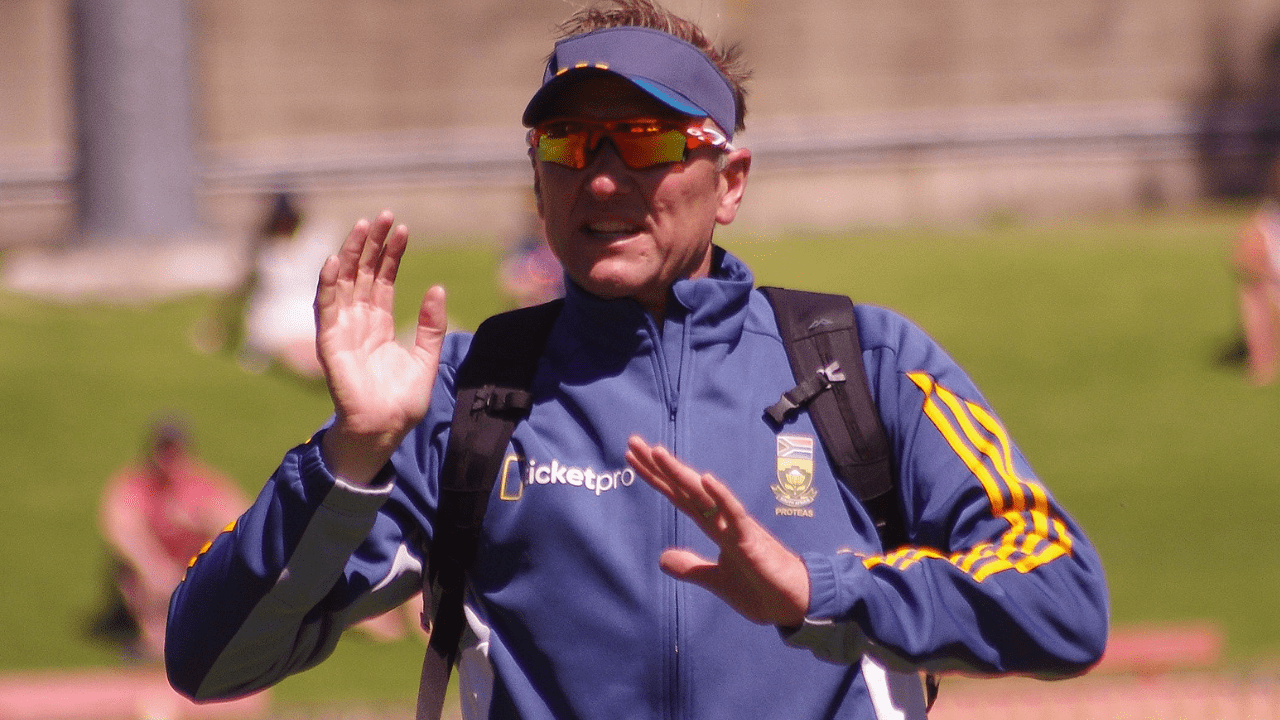
Where, as Vincent Barnes notes, you are still playing against World Class opposition, except the pressure is different.
At that level, players get to deal with the competitive pressure of that step up to international cricket. They get a taste of what lies ahead, so to speak.
It goes without saying that the coaches will do their best to prepare players for the step up from First Class to Test cricket. They will pull the stops to lessen the culture shock of the move.
And while it does happen that sometimes the selectors get the timing wrong, they always endeavour to get it right. Therefore, everything circles back to how well the player plays their part in the process.
"If a player manages to do two things, just two, then they give themselves a good chance at thriving in Test cricket," notes Enoch Nkwe.
"If you look at a lot of Test cricketers, they do the basics really really well, much better than players at domestic level, and that becomes the difference.
"The second thing is as a player you also need to continuously grow and develop your game as well as strengthen your skillset. You have to be able to keep learning."
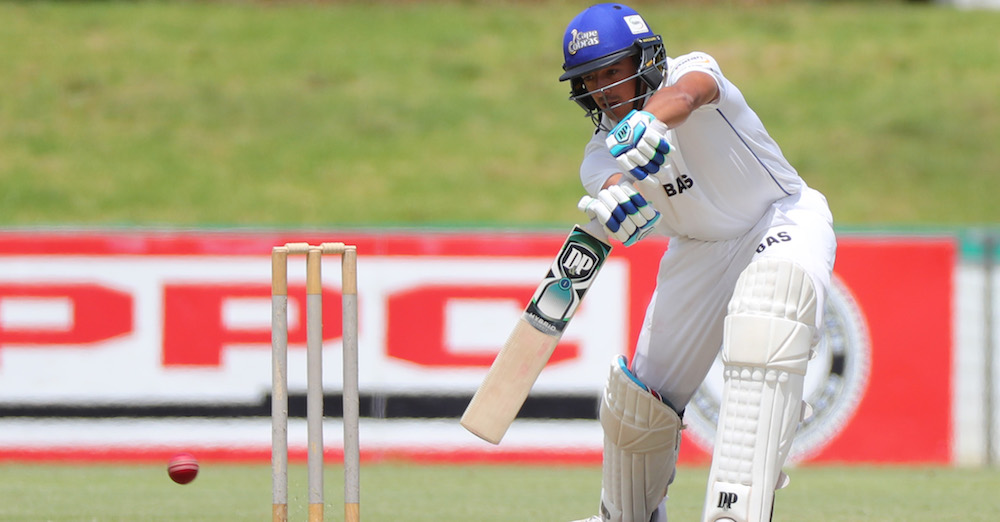
How will the new domestic structure help cricket in South Africa?
By Aaron Viles
So it’s official, South Africa plans to drop the 6-team franchise setup and instead will pursue pastures anew with an updated 15-team domestic structure.
But what does this mean for cricket in the country and how will it help take South Africa back to where they belong on the international stage?
To answer that question, we first have to take a quick look at the new setup itself.
In simple terms the new setup will be divided into two distinct divisions.
Division One which will consist of the 8 strongest teams in the nation playing First-Class, List A and T20 cricket (both MSL and domestic knockout).
Division Two, which will consist of the remaining 7 teams playing First-Class, List A and T20 domestic knockout cricket only.
I already know what you’re thinking.
Doesn’t this sound slightly similar to another country’s domestic setup?
Well, if the country you were thinking of was England then I can see exactly where you’re coming from.
In short, the new system does bear some similarities to the world-renowned county cricket circuit in which 18 teams from across England and Wales compete for glory in the County Championship (FC), the Royal London One Day Cup (List A) and finally the T20 Blast.
Just a quick side note, as a result of the Covid-19 pandemic the 2021 County Championship will actually be split into three groups followed by three subsequent results-based divisions as opposed to the usual two division system which cricket fans in England and Wales have become accustomed to. So just bear that in mind before you continue reading.
Back to the main topic at hand though.
What parallels can be drawn between the newly revamped South African domestic system and the traditional English county setup?
First of all, the number of teams competing in each nation’s domestic system are relatively similar. Thus meaning that a greater number of players have an opportunity to prove their worth on the professional circuit as opposed to toiling away in the semi-pro or, in some cases, the amateur circuit in order to get a chance to compete in the pinnacle of domestic cricket.
Granted, some may argue that a larger talent pool doesn’t necessarily guarantee a better standard of cricket and may actually in fact dilute the existing level of talent found in the domestic circuit.
But it must be said that in English cricket, every single First Class county has produced a number of international quality players over the years.
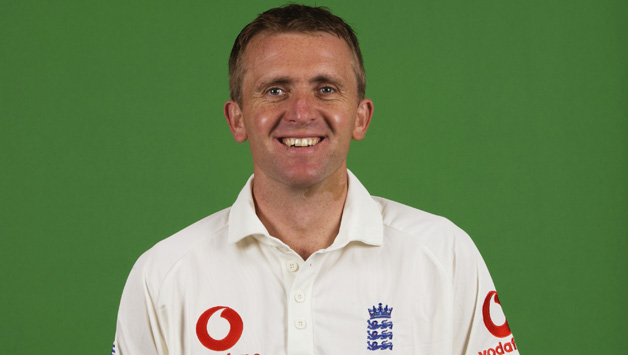
Dominic Cork
Dominic Cork (Derbyshire), Jon Lewis (Gloucestershire) and Paul Nixon (Leicestershire) are but a few examples of players from “under the radar” county sides who have represented the Three Lions in the past 20 years.
Which begs the question, would these players have got an opportunity to don the England shirt if they were purely members of a ‘top six’ county squad as opposed to standout players in their respective county sides?
That’s up to you to decide I suppose.
Talking of a wider talent pool though, 2021 also heralds the end of the immensely controversial Kolpak system in county cricket, therefore allowing the likes of Simon Harmer, Kyle Abbott and Rilee Rossouw (to name but a few) to return to the shores of their native country and play in the domestic cricket circuit for the first time in years.
Regardless of the public perception that may or may not surround these players it has to be said that their wealth of experience, which has been a major factor in the development of some younger county cricketers in England, will be absolutely invaluable to the next generation of South African cricketers.
Their mere presence in the circuit alone will undoubtedly elevate the standard of cricket in the country to an even higher level than before.
Finally, in addition to the wider talent pool and the return of the former Kolpak players, the new promotion-relegation system will also add a greater sense of meaning to Firs Class cricket in South Africa.
This aspect of the revamped system will add an enticing additional layer of competition for each of the teams as there is now a greater sense of pressure to maintain their status as one of the top 8 teams in the country and have access to all 4 domestic tournaments, thus maximising their chances of winning silverware.
Furthermore, this new setup, very much like the English county cricket scene, also has the potential to allow truly legendary domestic cricketing narratives to unfold in front of the fans as there is now a chance for “smaller” teams to go on an incredible promotion run or alternatively for one of the “elite” teams to scrap it out in order to avoid a dreaded relegation.
And who wouldn’t love to see a good underdog story play out once in a while?
I certainly know I would.
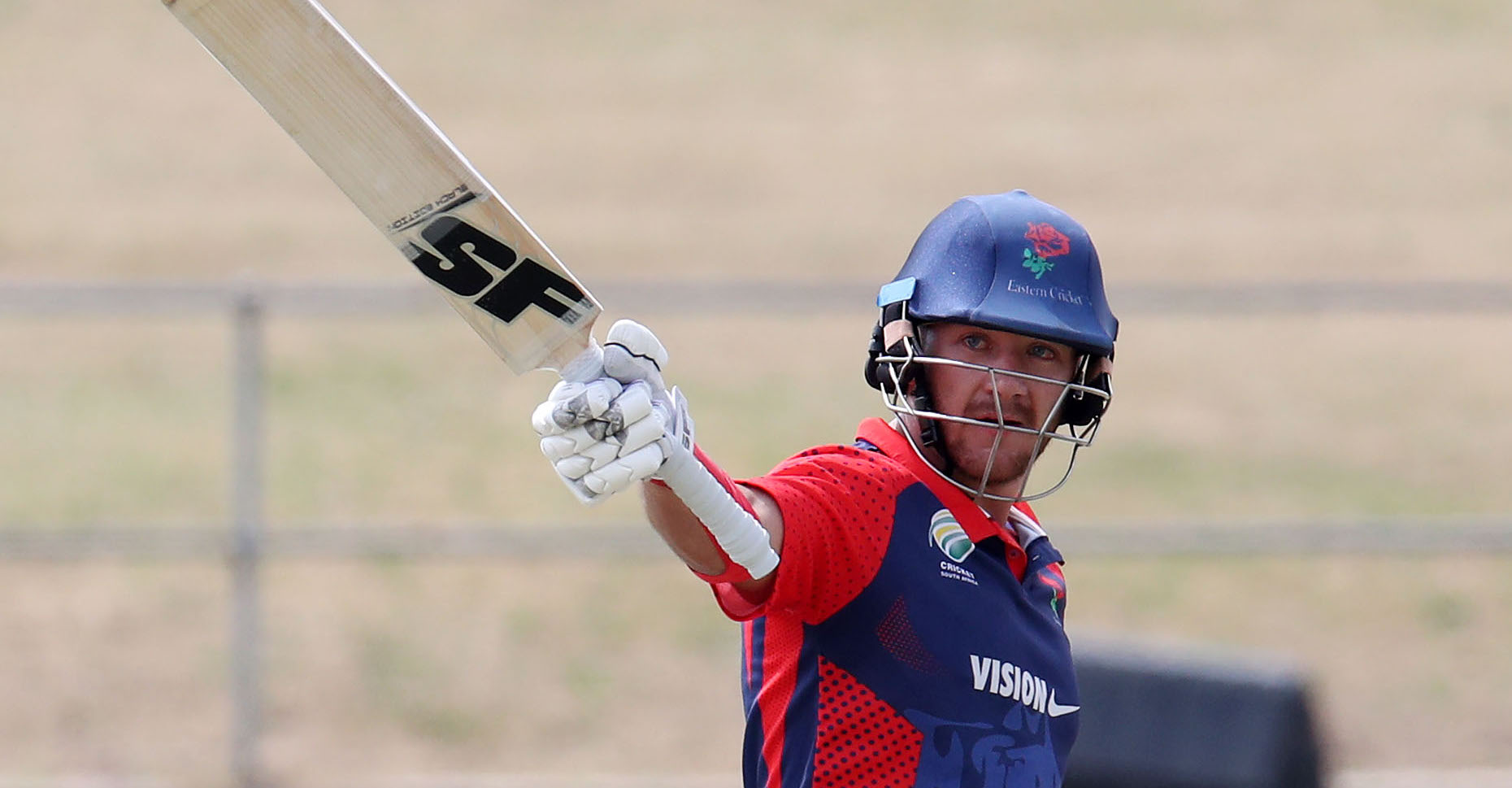
Wesley Marshall
In conclusion, South Africa’s newly adopted domestic cricket setup, just like anything in life, is full of both positive and negative aspects.
But the opportunities that the new system presents to both players and fans alike is extremely exciting and one that I personally will be keeping a very close eye on.
I’m not for one second suggesting that it will be the ‘silver bullet’ that some fans are hoping for in order to change South Africa’s fortunes on the cricketing stage.
After all nothing is guaranteed in the wonderful world of sport.
But if you are to take anything away from this article just remember this.
For all of the countless criticisms that county cricket has received from various sources over the years, the setup has still provided England with a number 1 Test side, a T20 World Cup winning team and of course, most recently, an ICC Cricket World Cup winning side.
Therefore, in my view at least, if South African cricket fans are able to display an air of patience and persistence with the revitalised setup.
Who knows, maybe one day we may yet see the Proteas return to their former glory on the international cricketing stage once more.
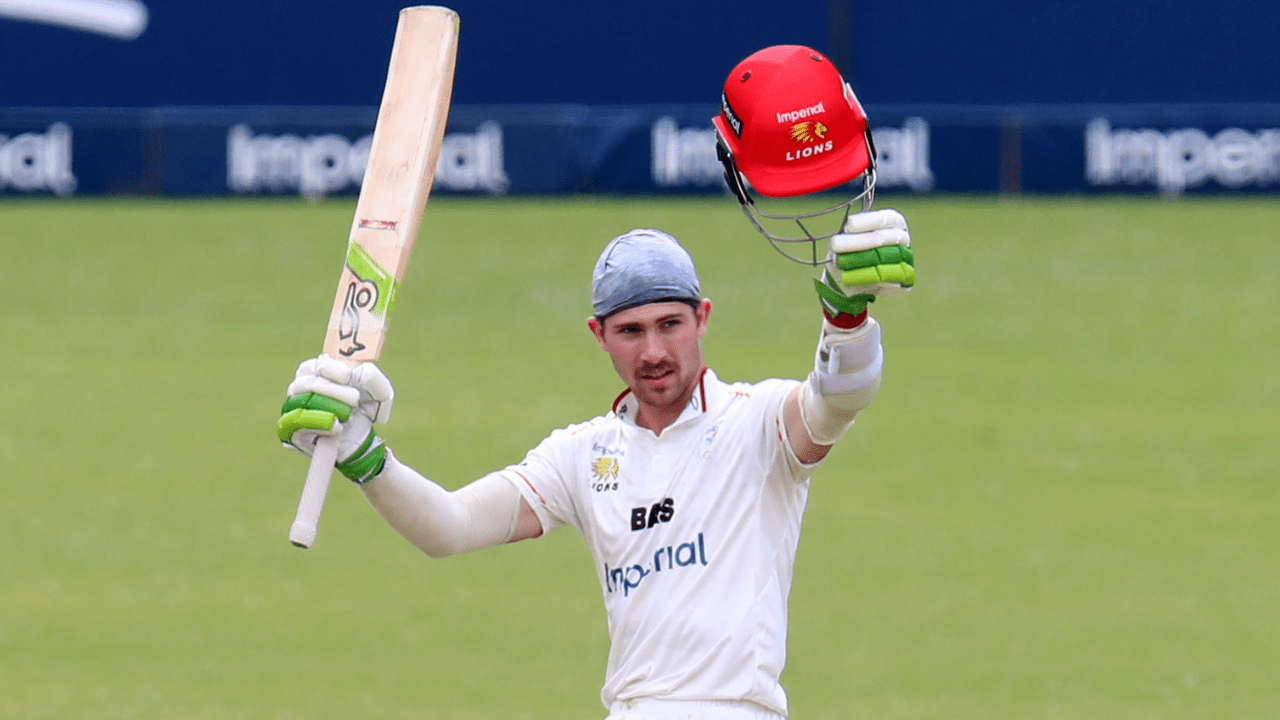
Off the Field: Joshua Richards
By Nabeelah Fakier
Did you always want to play cricket from a young age or did you just get into it at school?
At the age of 3 already I started going to Danny Becker. Cricket has been a passion of mine for as long as I can remember.
Who is your favourite domestic and international cricketer? (International player from any country)
My favourite international cricketer is Virat Kohli and favourite domestic cricketer... Will stay anonymous for the time being (I don’t want them to get a big head) 😉
Who was your role models growing up, or even at this present time?
My parents were my role models growing up and they still are.
What does a "chill day" for you look like?
If would probably be eating food and playing a heck load of PlayStation!

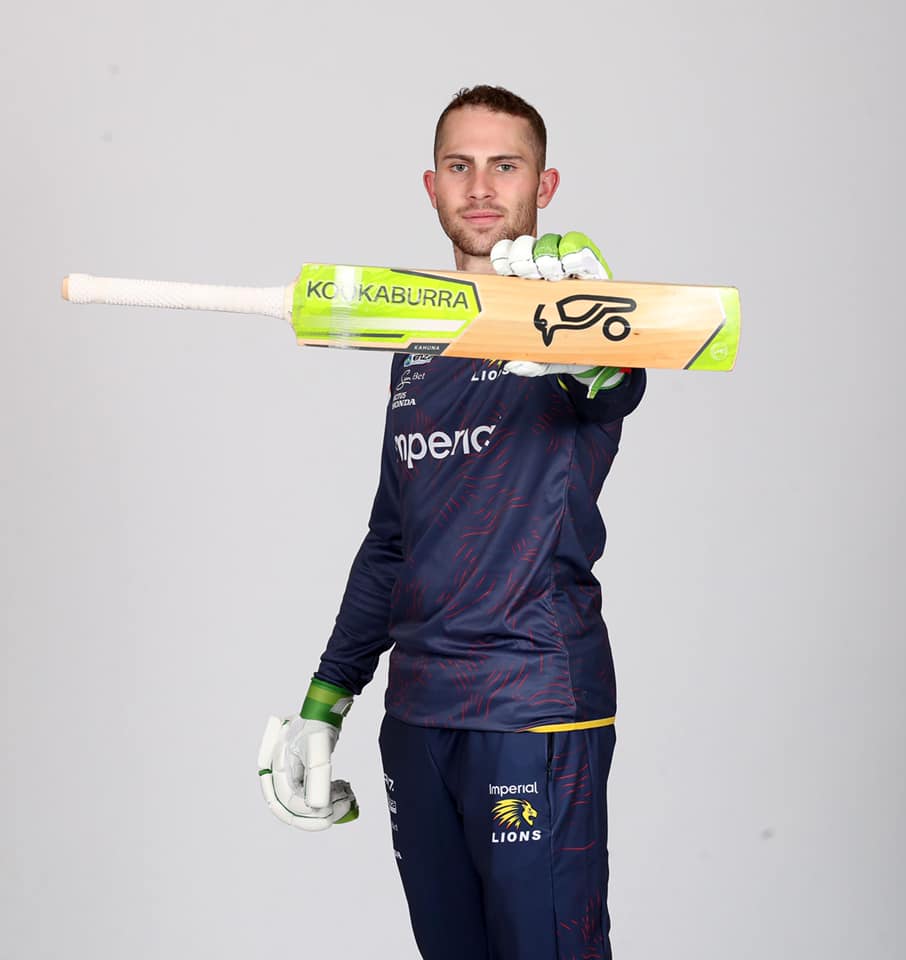
What’s your favourite cuisine and restaurant?
I really enjoy Portuguese food and Mozambique restaurant is one of my favourites.
Who are some of the toughest bowlers you faced at school level?
The two toughest bowlers I’d say would be Curtis Campher who plays for Ireland now, and Craig Meier.
If you could be any movie or TV character for a day, who would you be and why?
I would be Magnum PI, because I’d get to drive a Ferrari and wear floral T-shirts all the time, plus live in Hawaii!
What would you say is the major difference between school, provincial and franchise cricket?
In each step up the ladder, the bowlers get more accurate and quicker, and their analysis on you becomes way better.
What is your favourite childhood memory?
My favourite memory is my dad pulling me around on a boogie board when I was a little kid.
How much has school prepared you for longer format cricket? (If it hasn’t then what would you say can be done to better prepare players?)
School cricket didn’t prepare me. I believe there should be longer format tournaments played when players are still at school.
Which words/verses do you always live by?
2 Corinthians 5:7 - For we walk by faith, not by sight.
Who are the players that have helped you settle at Franchise level?
Dominic Hendricks and Delano Potgieter.
Which other sports do you enjoy watching (and who’s your favourite players and team/s)?
I actually don’t watch much sport out of cricket, to be honest. But I do enjoy watching the footy now and then with my mates. And I support Manchester United.

What’s something that people don’t really know about you? (Like a skill or other talent you have etc)
I play the bass guitar and enjoy learning to do magic tricks.
Other than playing cricket, what’s your favourite thing to do?
I enjoy attempting to play golf.
What is your dream ground you’d love to play on?
Lords cricket ground would be the ultimate for me at this stage, but growing up it was always the Bullring.
Being in a changing room with big names, has it at all been intimidating?
At the start it was a bit intimidating but as I’ve gotten to know the guys, I have found them very accommodating, I feel like I have settled in and I feel more relaxed.
Do the players (and you) have any rituals you do before games or any superstitions? (What are some of them)
Yes some do. Such as always wearing one sock inside out while playing. I how ever try to stay away from superstitions. We do have a team song when we win though.
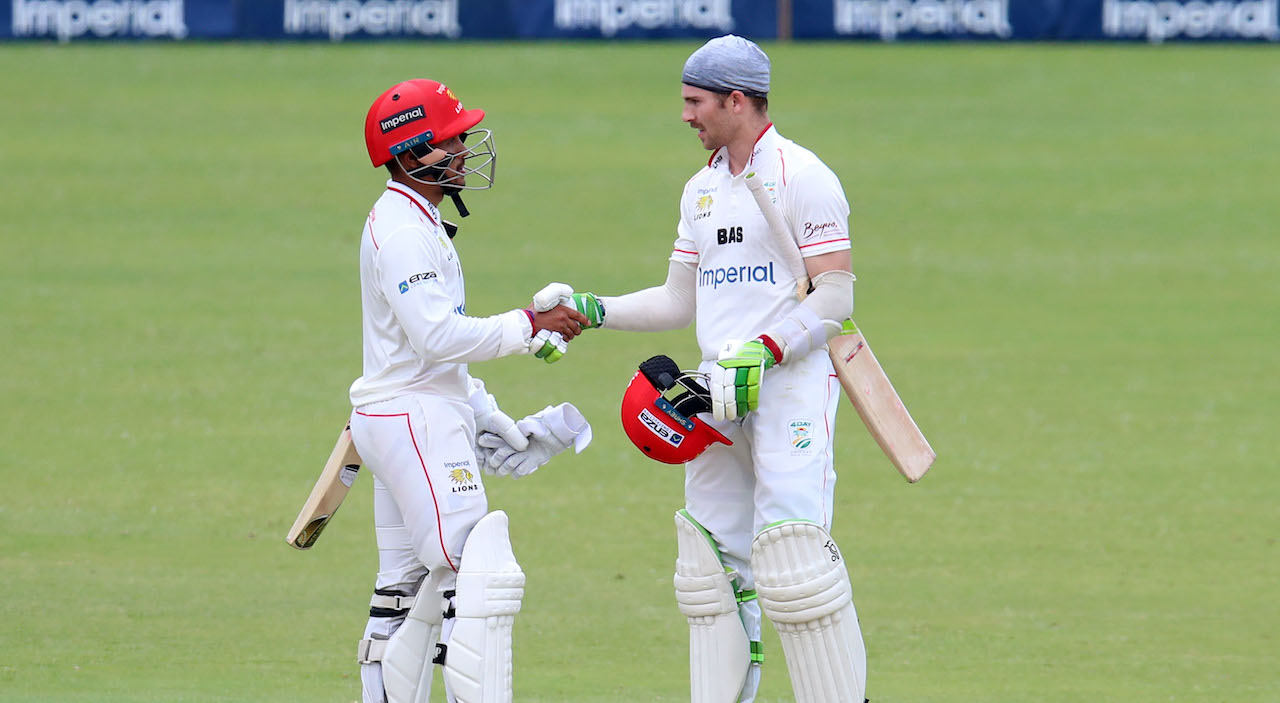
What are your personal goals for the season when it commences?
I’d like to play as many games as I can and add as much value in the field. Also to not have a broken hand as I have one now. 🙄
Do you have any pets?
Yes, I’ve got 2 Rottweilers, Bronson and Riley.
Did you study/Are you studying? If so, what are you studying/what have you studied (and which Uni)?
I have done a higher certificate in Business Management at UJ and I am currently busy doing my BCom in Business Management at IMM.
What top three songs are currently on your playlist?
- You’re somebody else by Flora Cash
- Blessings by Kari Jobe
- Background by Lecrae
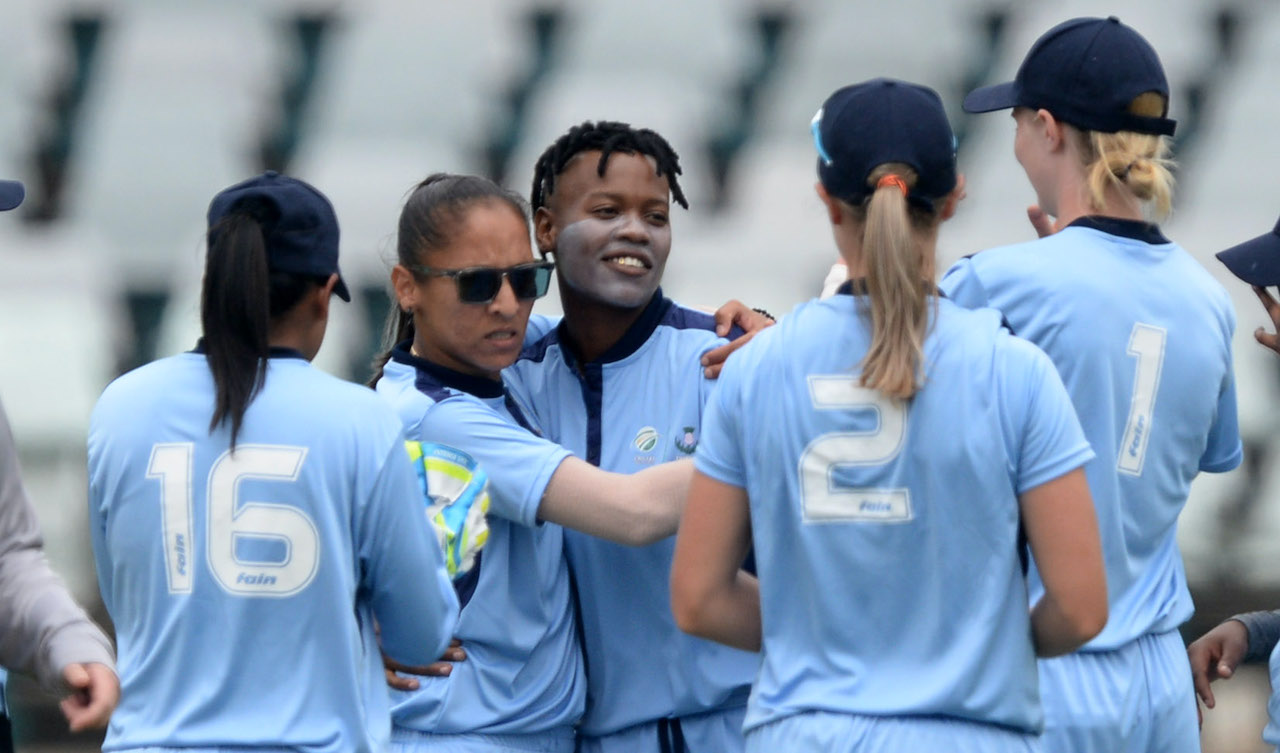
Importance of WSL for Next Generation of Aspiring Proteas
By Emily Norris
I had the privilege of watching this year’s edition of the Women’s Super League, live at Six Gun Grill Newlands from the 14th to the 16th December.
There were many Proteas Women on show, but what really surprised me were the number of youngsters in the tournament, especially players under the age of 19.
This shows how quickly female cricket is growing in South Africa and that more and more young girls are becoming interested in cricket.
It is no longer seen as a sport that is only for boys, and more schools are starting all-girls cricket teams.
The WSL showed the magnitude of young female talent within the cricketing sphere in South Africa, and that South African female cricket players are just as talented and competitive as other female players around the world.
This was the first WSL that I’ve watched (live or otherwise), and therefore I really enjoyed seeing the current, as well as the next generation, of Proteas Women showcasing their talent.
This tournament is crucial for the development of players and their future cricket careers.
It involves the best of the best from across the country, competing against each other, and therefore naturally helps you to improve your game as well as build character in tough match situations.
Younger players getting to play with their heroes is a massive opportunity to learn from them, hearing how they have gone about their careers so far and what they have done throughout their careers in order to be so successful.
This is an integral part of growth within a youngster’s journey. This is why I believe the WSL is so vital within female cricket in South Africa.
I spoke to a few of the youngsters that took part in this year’s edition of the WSL, to get their opinions on what the tournament meant to them and what their experiences were like.
19-year-old Annerie Dercksen said: “It was an amazing experience getting to play with and against some of my heroes and the best cricketers in the world; I think it’s still surreal.
“I think the Super League provides an opportunity for young players like myself to improve their game, just by tapping into the experience of some of the Proteas and other experienced players.
"Just seeing how they go about their game and what they do in pressure situations has been an eye-opener for me.”
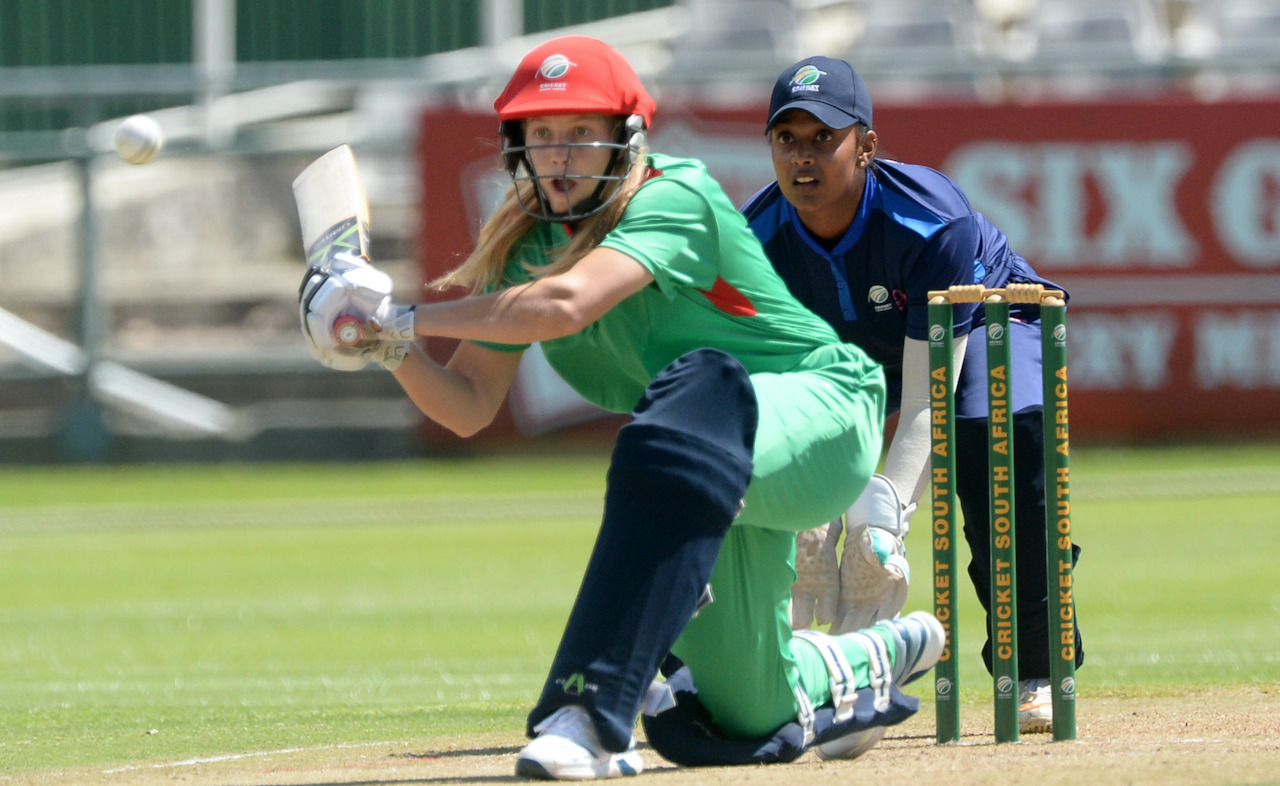
17-year-old Khushi Mistry said: “I felt like if I didn’t enjoy what I was doing – playing cricket – then I don’t think I would have been able to take back a lot or learn much from it [the tournament].
"My bowling [is] my stronger point, and I did better in my batting, so it’s a confidence boost that anything is possible, and you shouldn’t limit yourself in the game.”
16-year-old Madison Landsman, who took four wickets in her two games, said: “The people I was with were very supportive and amazing players in general, so it was unbelievable to be able to learn from them and watch them play and see how they go about their games.
"From the beginning, I wanted to go in and take in as much information as possible.
"The WSL helped me see what I need to work on more in practices, and just overall what you need to be able to play at those types of levels.”
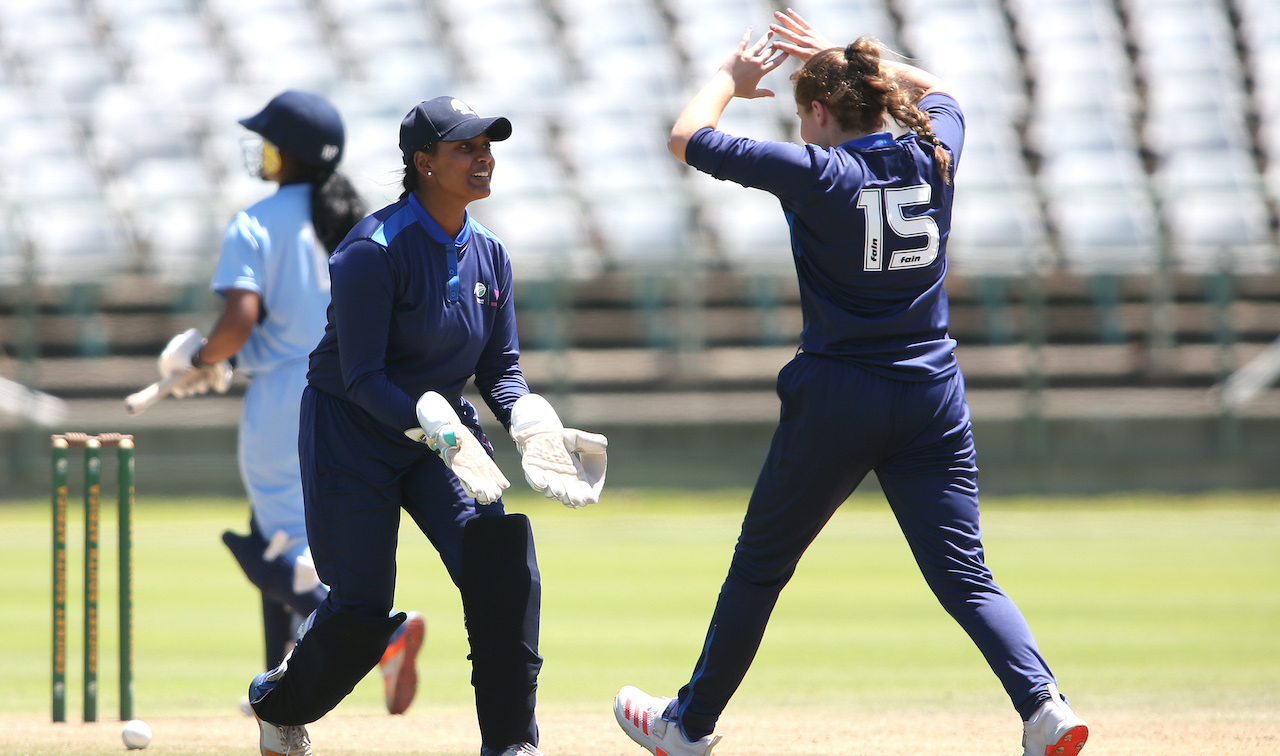
17-year-old wicketkeeper-batsman, Anri Grobbelaar, said: "It is not every day that you get the opportunity to stand behind the wickets when season-campaigners like Klaas and Shangase are firing at the stumps, so I thoroughly enjoyed the experience, and in particular the dismissals that I was involved in.
"Although I didn’t get the opportunity to bat in the middle, I was pleased with my keeping.
"I’m sure the opening will come for me to bat a bit higher in the order and once given that chance, I intend [on] grabbing it with both hands and my bat.”
21-year-old Nobulumko Baneti said that she was very happy and excited to be the top wicket-taker in the tournament.
When I asked her what the key was to take wickets consistently, her reply was: “I am targeting to bowl yorkers, that is why I got so many wickets – because my target is getting through the wicket. There is no other thing I am doing to take wickets.”
Daryn Dupavillon Prioritises Consistency in Light of Maiden Test
call-up
Building for the Future vs Immediate Success | The Podcast 35
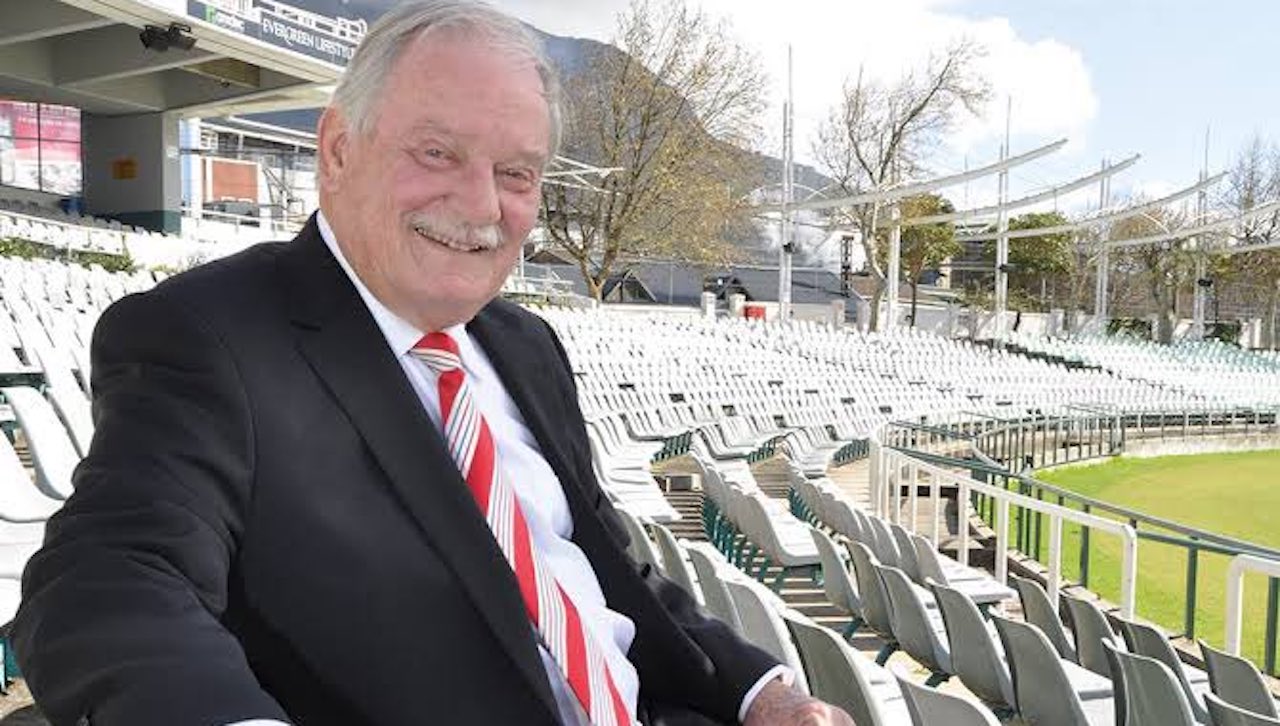
By Craig Stirton
Robin Jackman’s passing has left a hole in South Africa’s cricketing fabric but his dulcet tones will live long in the memory forever.
Growing up, Jackman’s voice filled our living room on many a lazy Saturday afternoon. Whether it was an ODI or a Test, the viewing experience was greatly enhanced by his analysis and commentary irrespective of the significance of the clash.
In the context of South Africa’s cricket history, moments don’t bear much greater significance than my defining memory of Jackman’s commentary.
For much of his storied career, a double-ton was the one achievement Jacques Kallis’ lengthy CV sorely lacked. I always used to chuckle listening to Jackman marvel at Kallis’ genius with the willow – imperious among his go-tos when describing Kallis’ classy cover-drive.
It was fitting therefore that Jackman should be on the call when King Kallis finally got over the line for the first time.
“The monkey is off his back! 200 to South Africa’s superstar.”
To this day I still get chills thinking about the moment which speaks to the power the great commentators have to turn a moment in time into a memory which endures.
For all the fantastic English cricketers who South Africa can lay claim to – Allan Lamb, Andrew Strauss and Kevin Pietersen to name a few – it’s ironic that an Englishman became one of the most beloved voices in South African cricket.
It’s a great shame that throat cancer blighted the final years of what was an outstanding career. It became increasingly noticeable how his voice tired as the day’s play wore on.
Yet even amid his flagging health, Jackman’s unique powers of description and his innate cricketing knowledge had cricket fanatics hanging on his every word until he set down his microphone for the final time.
As I listened to the commentary on the Boxing Day Test, I found myself drawing comparisons between the past and present offering on Supersport.
Perhaps it’s a longing for those lazy Saturday afternoons. Perhaps I’m biased towards one of my all-time favourite cricketing voices. Whatever it may be, the past trumps the present in my view.
Rest in peace Robin Jackman, a true great of South African cricket.
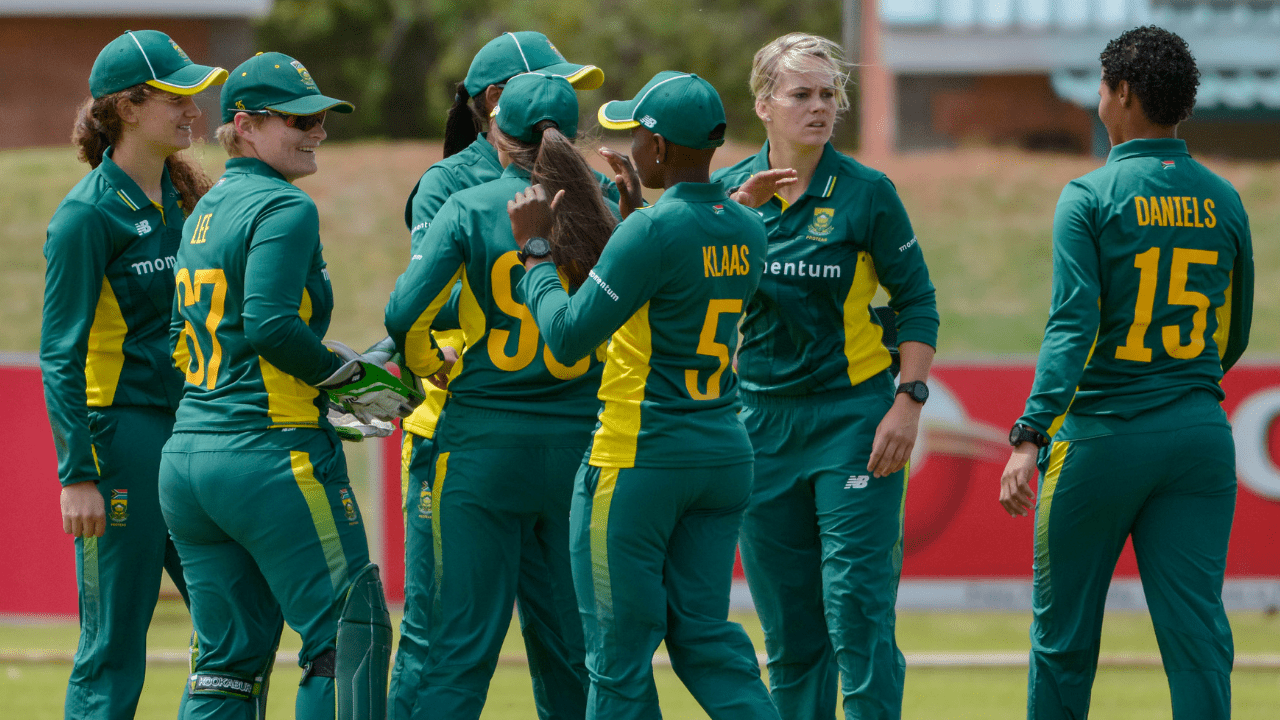
Women's Cricket Deserves Recognition
By Lubabalo Skhosana
South African women’s cricket is not something that is spoken about much in South African cricket even though it has grown over the years.
From the Momentum Proteas to Senior Provincial cricket where we see quite a number of young talented girls coming through.
Even before we can look at the talent pool as a whole in terms of youngsters coming through the system there are youngsters who are already in the wings and all of them are already capped.
There are a number of players who are currently on the fringes that I believe will be shoe in fits in the side once one or two of the senior members of the squad retire or when there is an injury to one of the established players in the side.
I will then pick 5 youngsters I believe have the potential to make the side one day.
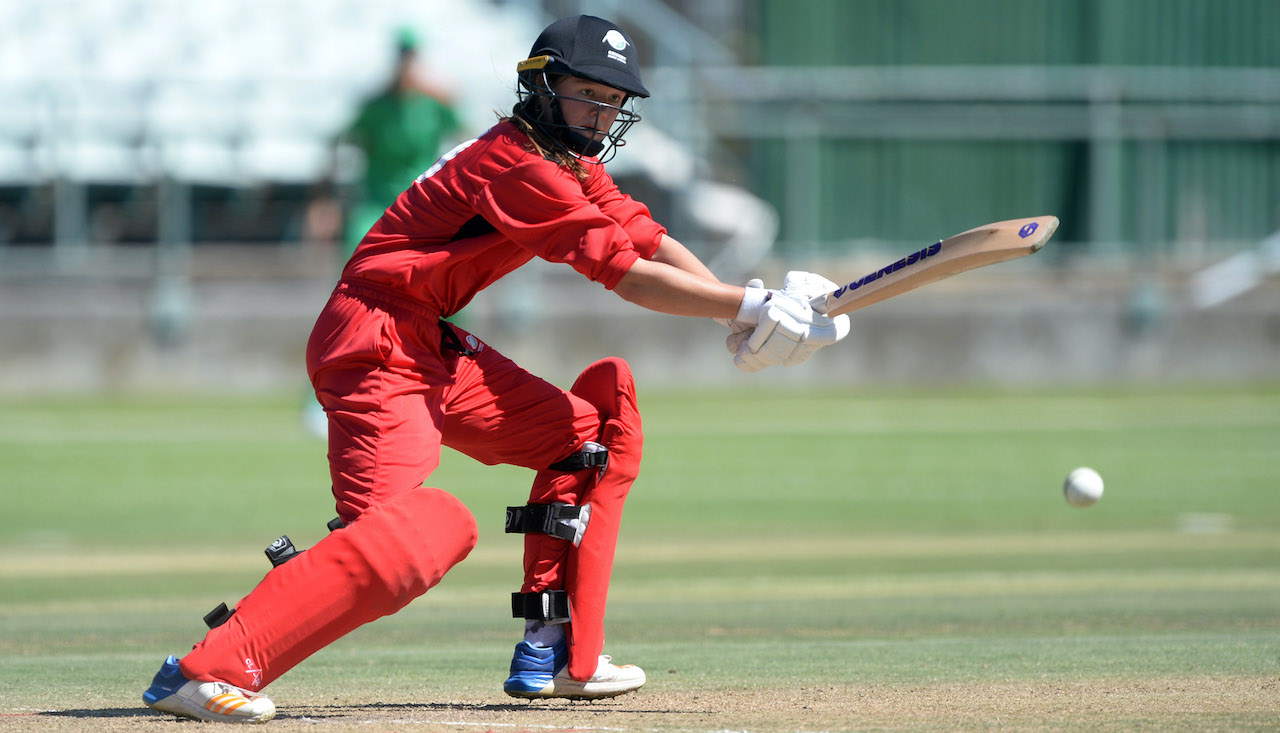
Faye Tunnicliffe
The 22-year-old has played 11 matches for the momentum Proteas. Many may know her as a wicketkeeper, but the classy top order batter has recently shown that she is more than capable bowler too in the Women’s Super League.
Faye is one of those players in the fringes that the team can call upon whenever there is an injury to one of the allrounders in the side and the fact that she provides some wicketkeeping makes her quite the utility player.
Faye finished in 3rd position on the batting charts in the 3rd edition of the WSL behind Sunne Luus (1) and Laura Wolvaardt (2).
She scored 97 runs at a strike rate of 103 and an average of 32. Her bowling was also not bad considering she did not bowl a lot of overs, taking 4 wickets and conceding just 32 runs.
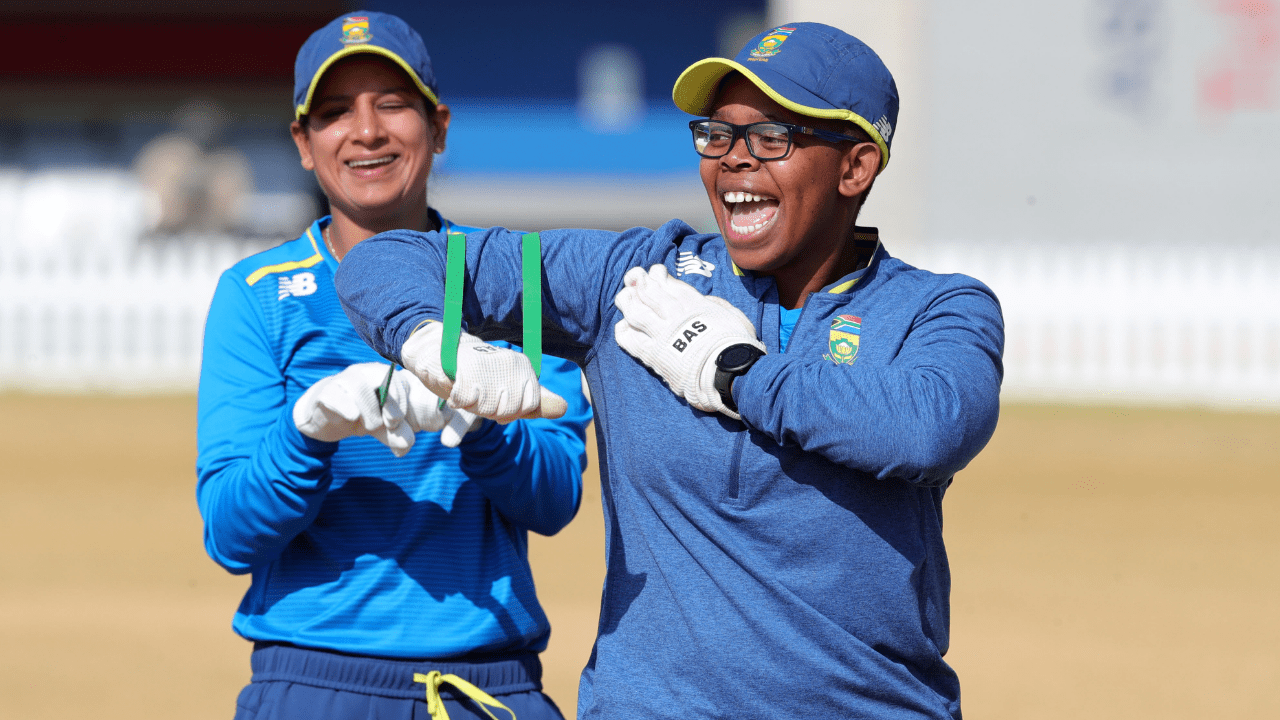
Sinalo Jafta
Teammate to Faye, Sinalo is also one of those players in the wings and patiently waiting to make their mark when the opportunity avails itself again.
Having made her ODI debut against New Zealand in 2016 and her T20I debut in 2019, the 26-year-old has only played 14 internationals for South Africa.
She is a genuine wicketkeeper who is very flamboyant behind stumps and one thing that always stands out the most about her is how she is able to maintain her energy levels and intensity on the field.
Very bouncy and hyperactive even when it comes to running from end to end.
She had a poor outing with the bat in the WSL and even in the internationals that she has played to date, this probably gives off the idea that she needs to work on her batting.
But her performances for the Western Province senior women’s team suggests that she is someone who is working on her batting.
She is definitely a most likely replacement for veteran wicketkeeper, Trish Chetty.
Future Prospects:
There are quite a number of players on the fringes who could, when called upon, raise their hands. Players like Tumi Sekhukhune who missed out on the starting XI at the T20 World Cup and Andries Steyn, to name a few.
We look at 5 youngsters who could make it in the green and gold one day.
In no particular order, these are young ladies who have impressed me that I think have what it takes to become international stars.
They are of course not the only ones in the country.
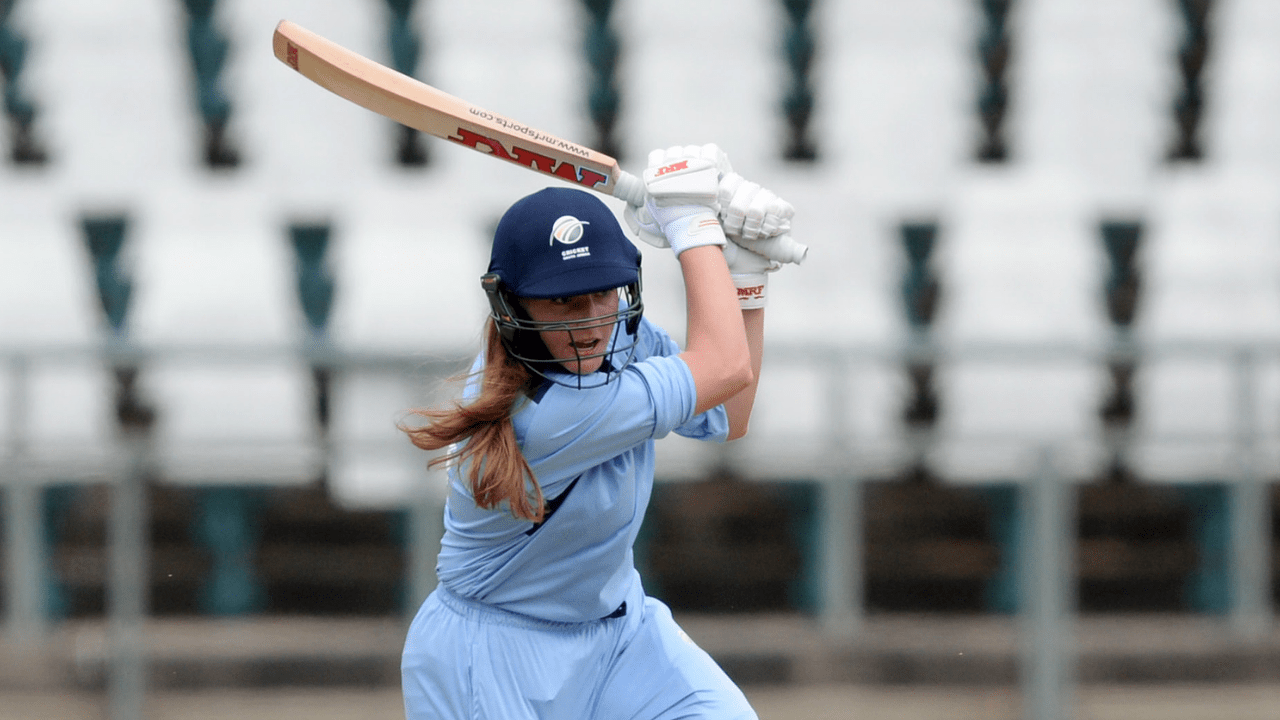
Eliz-Mari Marx, 17.
This is a name many would have heard about already having scooped many awards at the Northerns Cricket Union awards after a really impressive 2019/20 season.
The 17-year-old is definitely one of the most talented youngsters coming through the women’s system. The fast-bowling allrounder scooped the awards for Bowler, Batter and Player of the Year.
She also participated in the WSL 3.0 but like most youngsters in the tournament did not really get much opportunity to showcase what she can do.
She has dominated with both bat and ball at Northerns scoring 233 runs and taking 23 wickets across the two formats. She scored 30 runs across two matches in the WSL and did not get a chance to bowl.
Marx who normally opens the bowling is also known for her ability to keep things tight and not for runs.
“What keeps me going is the fact that I want to represent my country one day.
"So, I am more than willing to do what it takes for me to play on the highest level.”
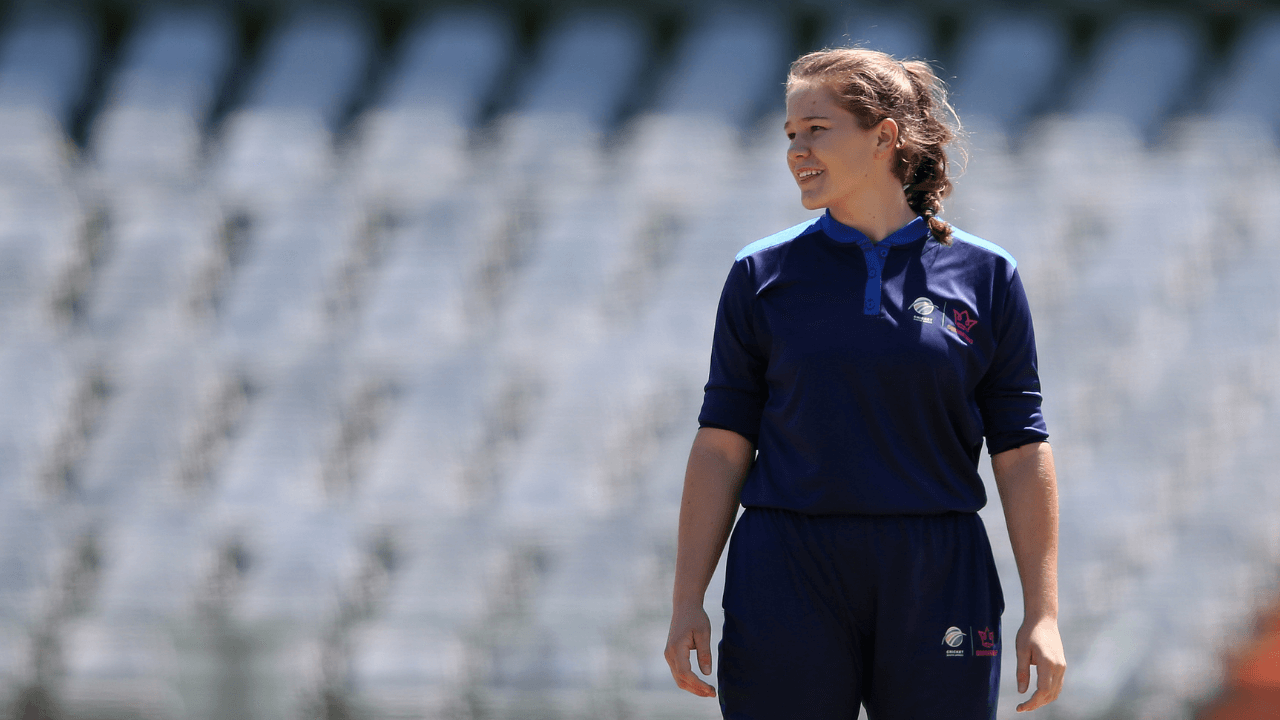
Madison Pamela Landsman, 16.
The 16-year-old Leg spinning allrounder from Easterns also featured in the 3rd edition of the WSL and made the most of the few opportunities that presented themselves to her.
Madison who was selected for the U19 side mid 2020 did not get many opportunities with the bat but certainly made a good impression with the ball whenever she could.
Her flighted leg spinners proved very hard to read for most batters in the tournament as Madison finished with figures of 10 for 3 in 10 overs to help the Coronations win the WSL 3.0. She finished 5th on the bowling charts.
Madison may have not gotten a lot of chances but showed a bit of maturity with the bat when she came on in the final.
She showed the ability to understand her role as she looked to rotate strike and get the senior batter on strike and even though there was not enough overs left, she looked to try and score runs. She would have learned a lot from being part of a Star-studded Coronations side.
“The thought of being a Protea and doing what I love for the rest of my life keeps me going.
"Playing cricket is my passion and the thought of being able to do that for a living is what drives me to keep working hard no matter what.”

Nobulumko Baneti, 21
The oldest of the 5 players I have chosen, Border fast bowler Nobulumko Baneti also had a successful WSL 3.0 campaign.
She finished the tournament as the leading wicket taker at an economy just under 6 runs per over.
Baneti who often opened the bowling for the Thistles showed great skill and control with ball.
She doesn't only posses the ability to swing the ball but can also hit the same line and length consistently and can change her pace quite well.
Her performances in the WSL 3.0 saw her become one of the newcomers in the Momentum Proteas Squad.
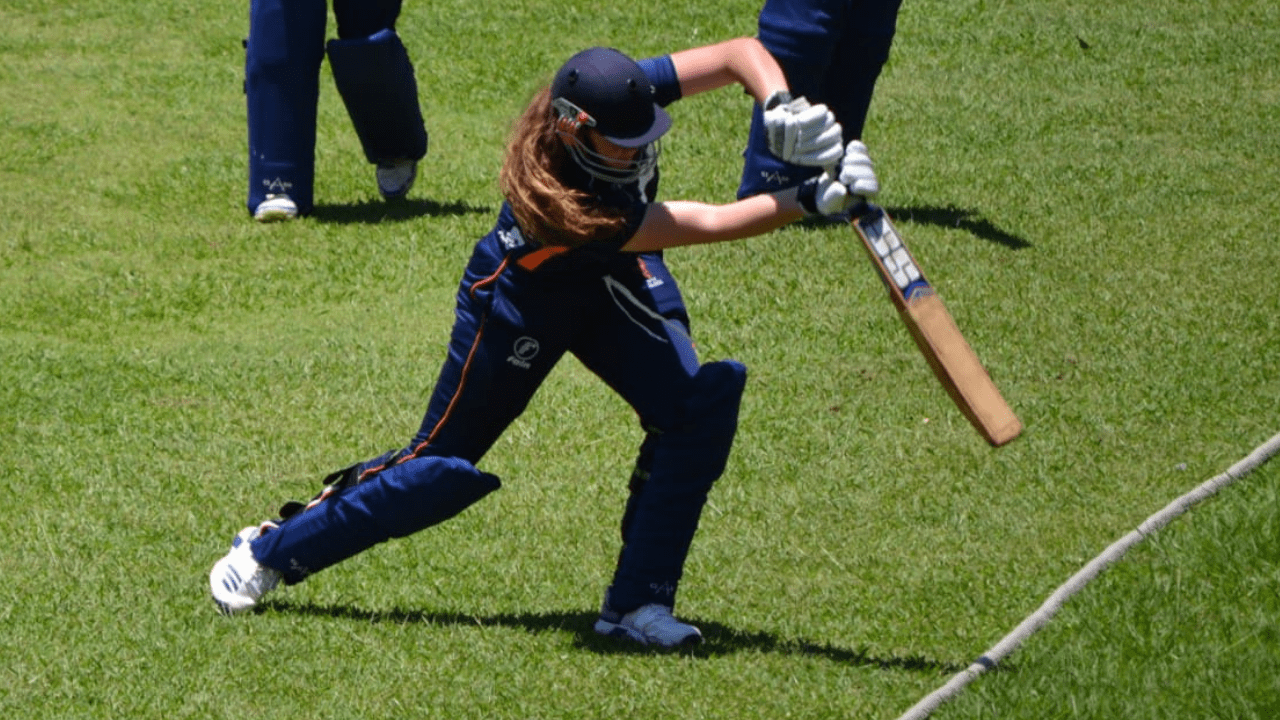
Elandri Janse van Rensburg, 15
15-year-old Elandri recently appeared on Sky Sports after her brother posted a video of her on YouTube and the panel was very impressed with her which is not surprising.
Elandri is a talented allrounder whose batting is in the mould of Momentum Proteas, Lizelle Lee.
She is an aggressive batter with plenty of talent. She is one player I have no doubt will light up the WSL once the opportunity arrives.
She is also working very hard on her bowling as she would like to contribute with both bat and ball. She performed well with the bat for Limpopo across the teams that she played for.
Elandri’s fearless batting is what really stands out. She is for me the most exciting of all the young players I have seen.
“I have a massive passion for the sport, and I want to perform to the best of my ability, but the one thing that keeps me going every day is my brother, dad and my mom!
"My mom always LOVED watching me play, unfortunately she passed away last year!
"The day I pull the Proteas jersey over my head I want to stand in front of the mirror, look up and say "Mom I made it"
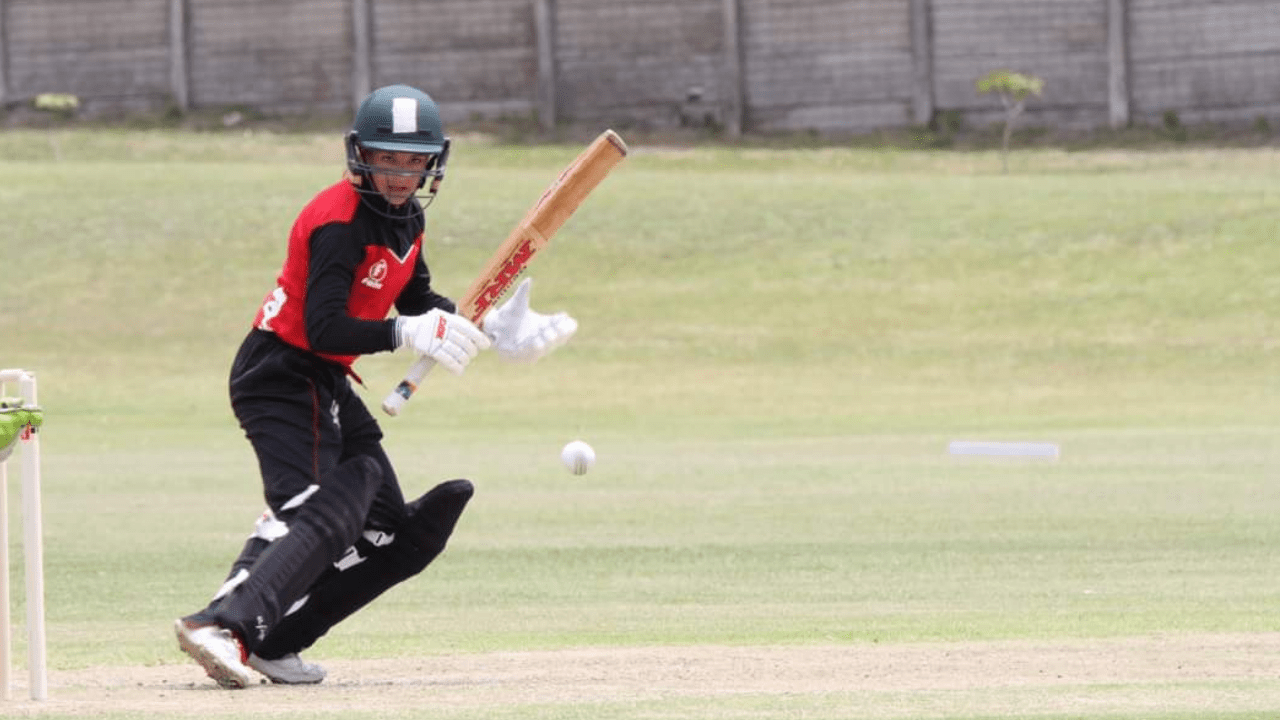
Amber Leigh Botha, 17
A name not many would have heard, but one of the few young talented girls I have been privileged enough to watch live more than once.
EP senior provincial women’s player and EP U19 player, Amber is a Wicketkeeper and a top-order batter. Very matured for a batter her age and understands her game very well.
The multitalented wicketkeeper was crowned Jendamark United cricket Club Sports Woman of the Season for the 3rd time in a row in 2020.
One thing that sets her apart from some of her peers is her natural leadership skills that she has displayed.
A gutsy batter I once watched scored a critical 50 in a T20 final down PE. With everything that was thrown at her in the form of sledging and mean bouncers, she managed to stand tall.
Her ability to get up after being hit by a bouncer, and get on the front foot to cover drive the very next ball is something special.
Amber is definitely someone the cricket world is very likely to see and hear more of going into the next couple of years.
“The passion I have for cricket is something that drives and motivates me to play and enjoy the game immensely.
"Playing cricket for EP ladies where opportunities are very few and far between, once I got the opportunity, I took it and have never looked back.”
Video Playlist
The Podcast Live Show:
Pakistan Series Playlist
Offside Maidens:
Square-Leg Gully:
Magazine info
Editorial Director
Khalid Mohidin
IT and Technical Director
Faizel Mohidin
Contributors
Abhai Sawkar
Aditya Mehta
Aaron Viles
Alasdair Fraser
Chris Chiwanza
Craig Stirton
Emily Norris
Khalid Mohidin
Lubabalo Skhosana
Lucy Rees
Marc Jacobson
Mpho Moreki
Nabeelah Fakier
Nasri Alexander
Ongama Gcwabe
Ravi Reddy
Graphics
Khalid Mohidin (Cover and Graphics)
Mohammed Hoosain (CFM logo)
Images
BackpagePix
Video Binge List:
On Lockdown Series
The Podcast Show
Legends with Ravi
Daily Show
